Arrows of Time
A project by Quanta Magazine. Text by Dan Falk. Design and illustrations by Eleanor Lutz and Olena Shmahalo.
The human mind has long grappled with the elusive nature of time: what it is, how to record it, how it regulates life, and whether it exists as a fundamental building block of the universe. This timeline traces our evolving understanding of time through a history of observations in CULTURE, PHYSICS, TIMEKEEPING and BIOLOGY.
c. 50,000 BCE
Culture
Australia’s first inhabitants, the ancestors of today’s aboriginal peoples, are believed to have embraced a timeless view of nature, in which the present and past are intimately connected. The spirits of long-dead ancestors, for example, were believed to inhabit the living. These spirits reflected a long-ago golden age sometimes known as the Dreamtime.
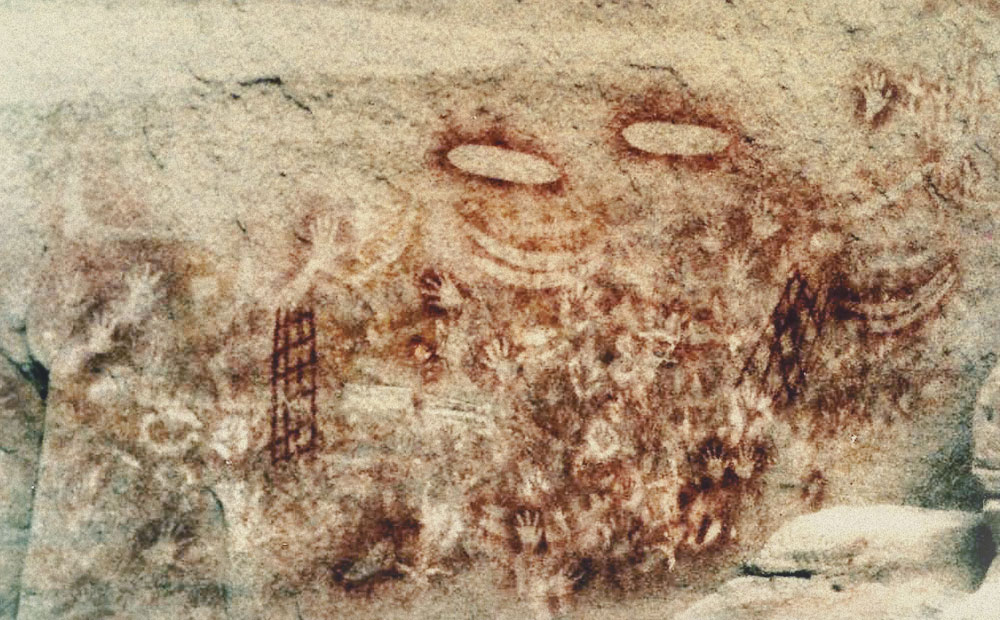
Shiftchange/Wikimedia Commons
c. 8,000 BCE
Culture • Timekeeping
A row of 12 pits, dug by hunter-gatherers in what is now eastern Scotland, may have functioned as a lunar calendar. Archaeologists have noted that the shapes of the pits mirror the phases of the moon. The pits also appear to align with a point on the horizon corresponding to the midwinter sunrise. Given that the number of lunar months does not fit evenly into a solar year, this may have allowed the calendar to be “reset” every year.
Source for moon map: NASA
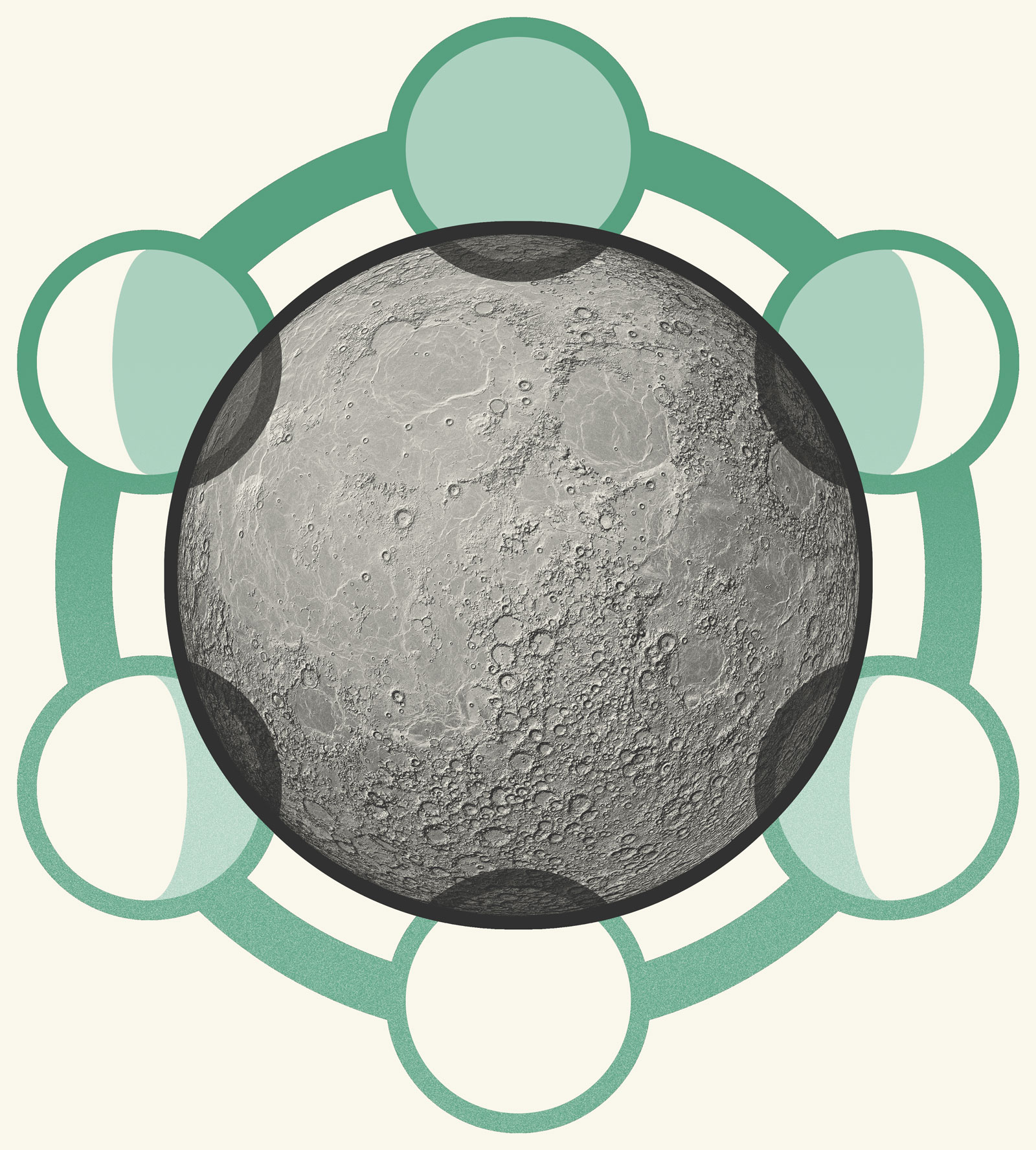
1250 BCE
Timekeeping
A sundial unearthed in 2013 in Egypt’s Valley of the Kings, with engraved markings on a piece of flat sandstone, appears to date from around this time. In ancient Egypt, the day and night were divided into 12 hours each — though the length of these hours would vary with the season (daylight hours would be longer in summer, shorter in winter).
Photo: Matjaz Kacicnik/University of Basel Kings’ Valley Project
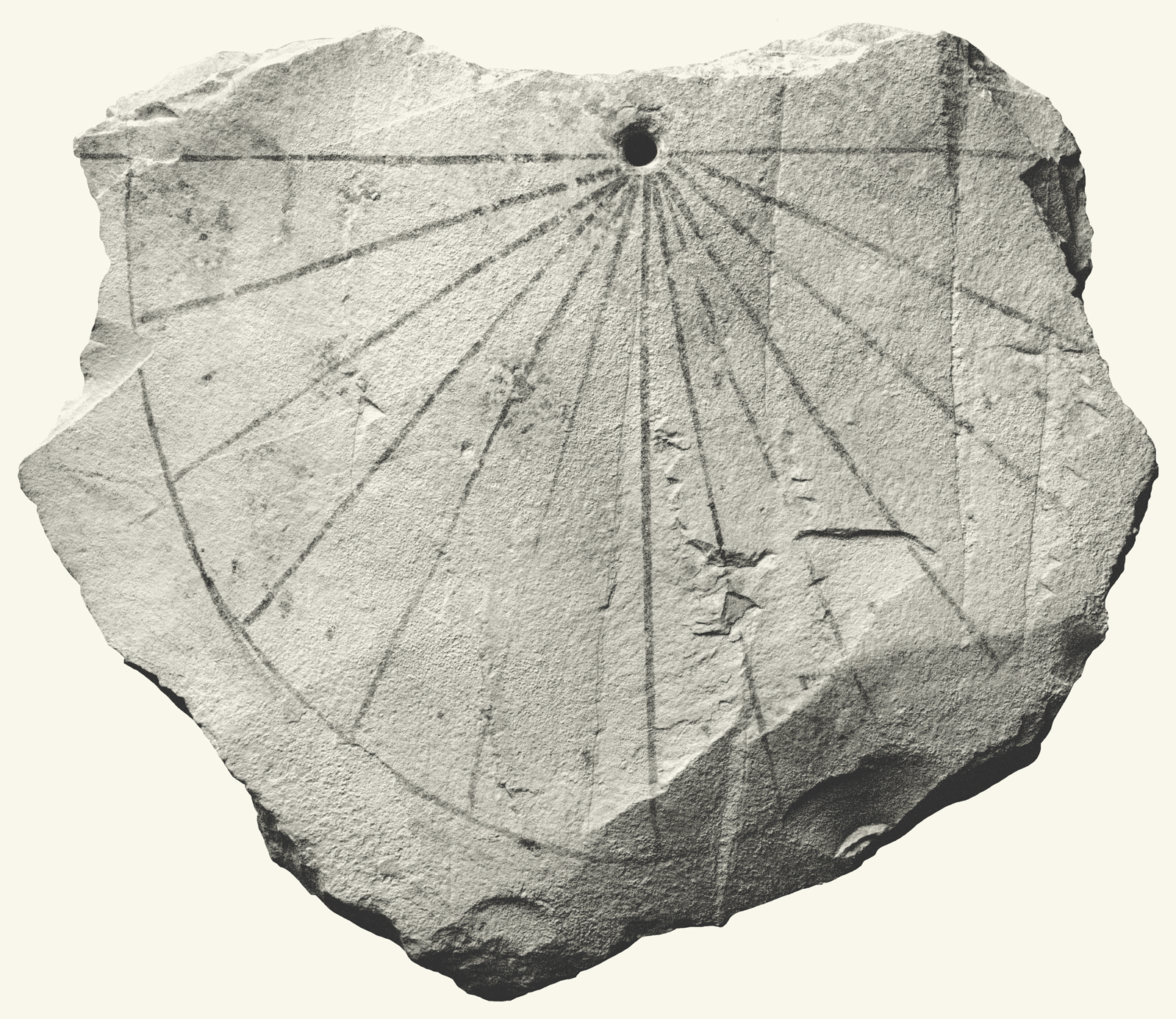
600 BCE
Culture
A number of civilizations, including those in ancient Iran as well as Greece and Rome, embodied time in a deity, often called Chronos. Chronos was frequently depicted as a winged serpent, although in Rome he took on a more human form. The philosopher Pythagoras, in the 6th century BCE, described the god Chronos as the “soul” of the universe.
Source art: Chronos and His Child by Giovanni Francesco Romanelli
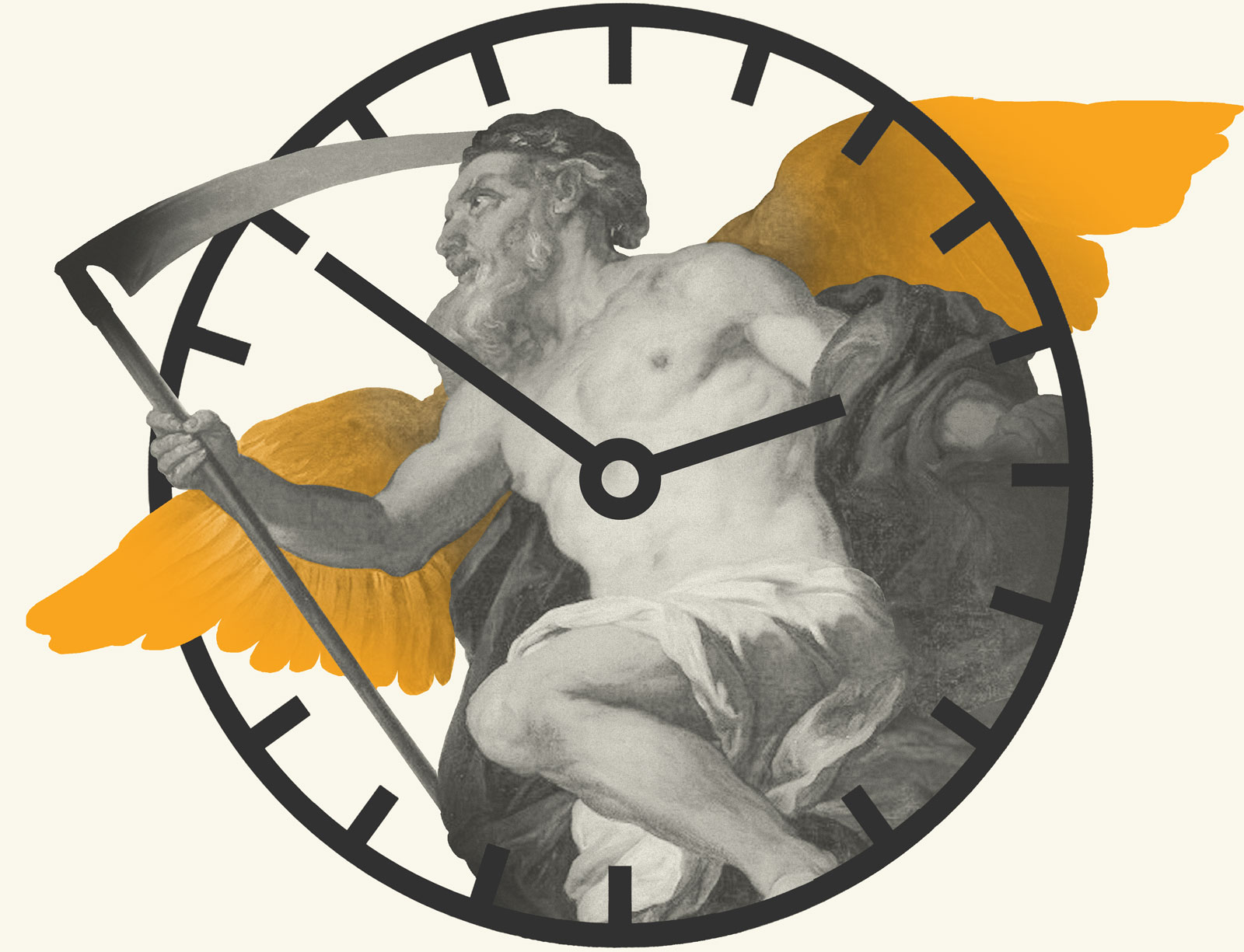
500 BCE
Culture
While Western culture has come to embrace a linear conception of time, many other cultures have focused on time’s recurring cycles. Hinduism and Buddhism, for example, adopted a cyclic view of time that suggested the eventual return of the world to its former state; nothing is permanent, and even death is merely a passage to rebirth and renewal.
Source photo: Ipek Morel Diplikaya
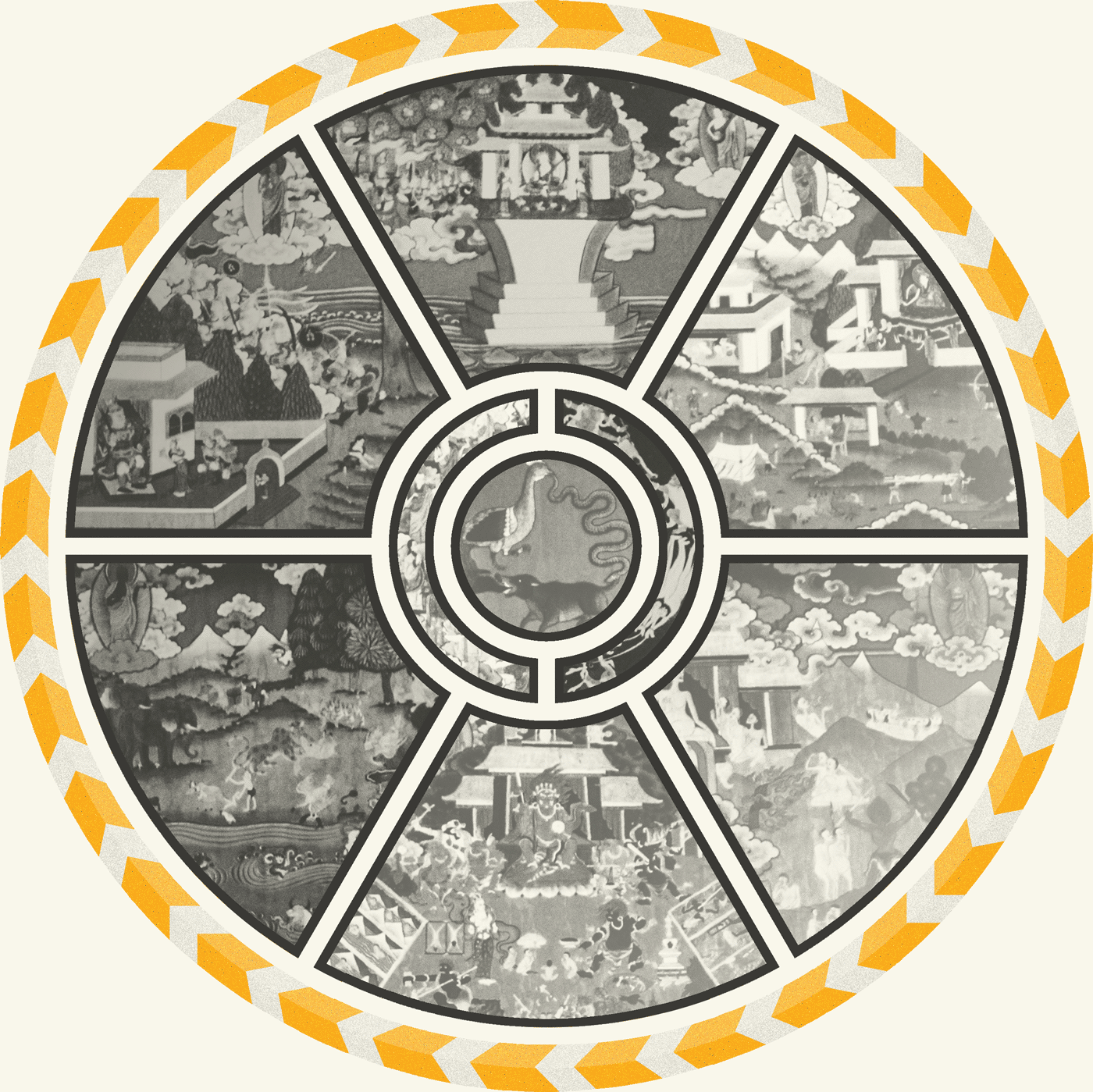
350 BCE
Physics
In Physics, the Greek thinker Aristotle spelled out a fairly modern-sounding definition of time as “the calculable measure of motion with respect to before and afterness.” This idea of time as a fixed sequence of events would survive with only minor modifications until the work of Einstein in the early 20th century. Did time have a beginning? Aristotle balked at the notion, instead viewing time as unbounded.
Source photo: Delphotostock
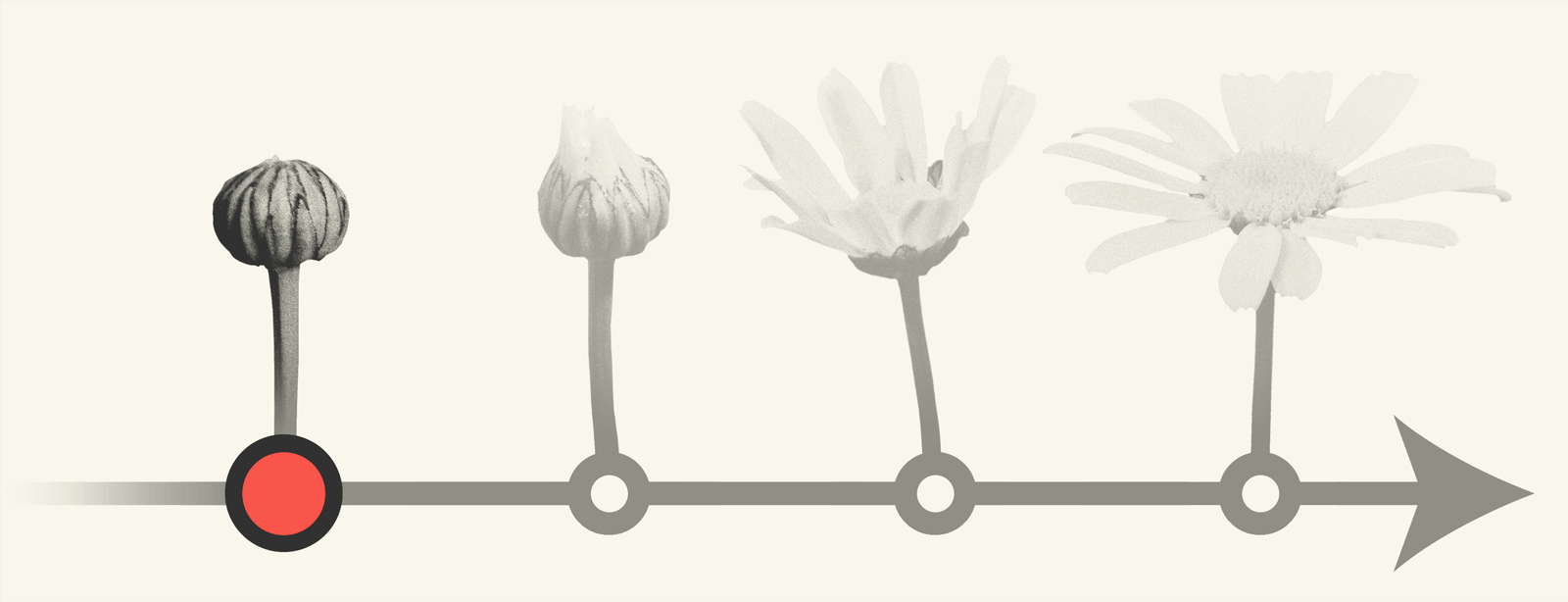
100 BCE
Culture • Timekeeping
The Maya of Central America developed a complex calendar that tracked not only the passing seasons and the phases of the moon, but also when the planet Venus would appear in the morning or evening sky. The Maya saw time as organic and believed that humanity was intimately involved with time’s passage. Keeping time on its course was seen as a communal responsibility.
Source photo: Dmitry Mayatsky
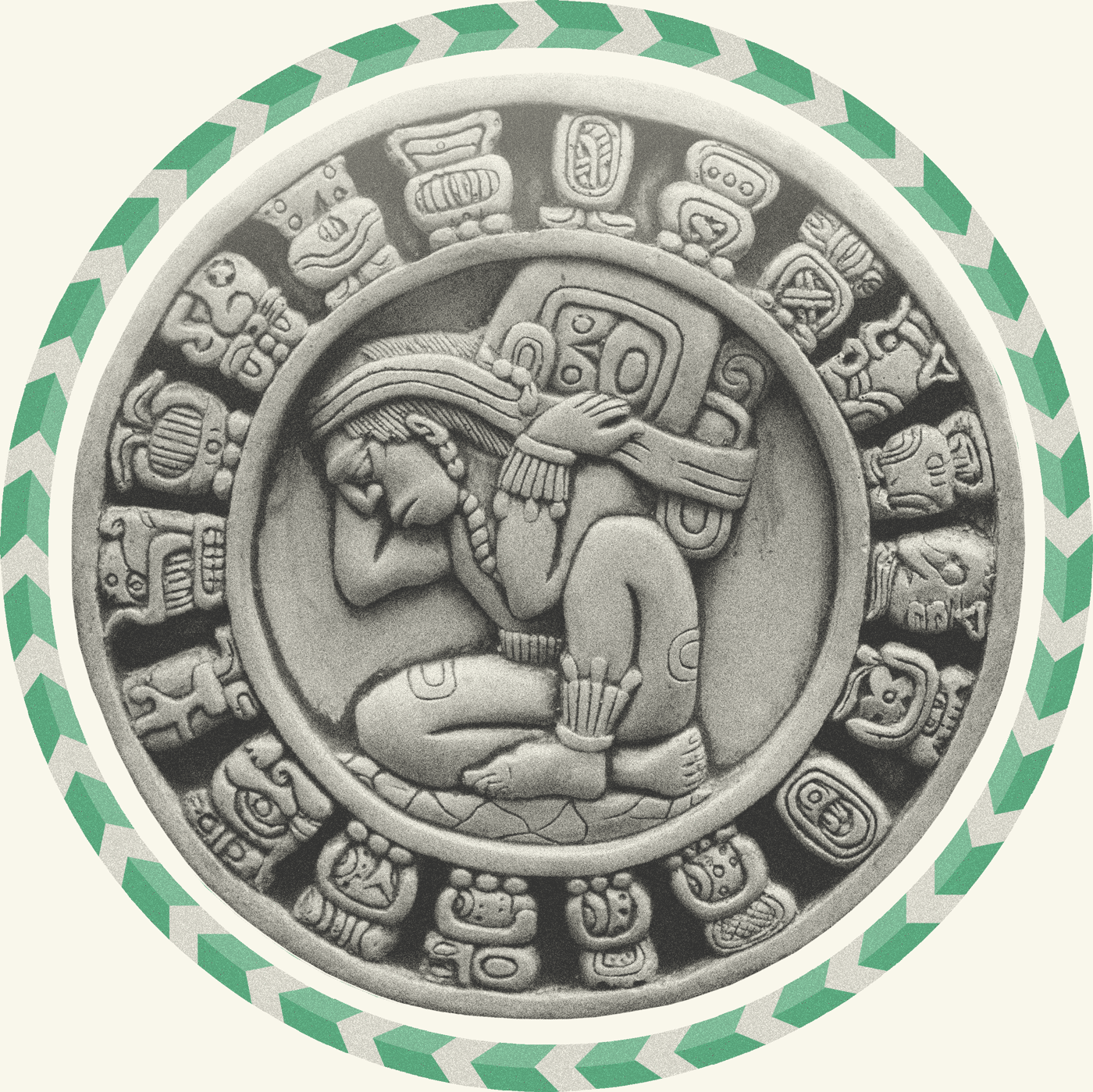
45 BCE
Culture • Timekeeping
Ancient astronomers recognized that a day doesn’t divide evenly into a lunar month (about 29.5 days), and that neither a day nor a month fits evenly into a year, as defined by the seasons (about 365.25 days). So compromise was needed. Ancient Rome, under Julius Caesar, adopted a calendar with 365 days, except for every fourth year, which would have 366 days. The “leap year” was born.
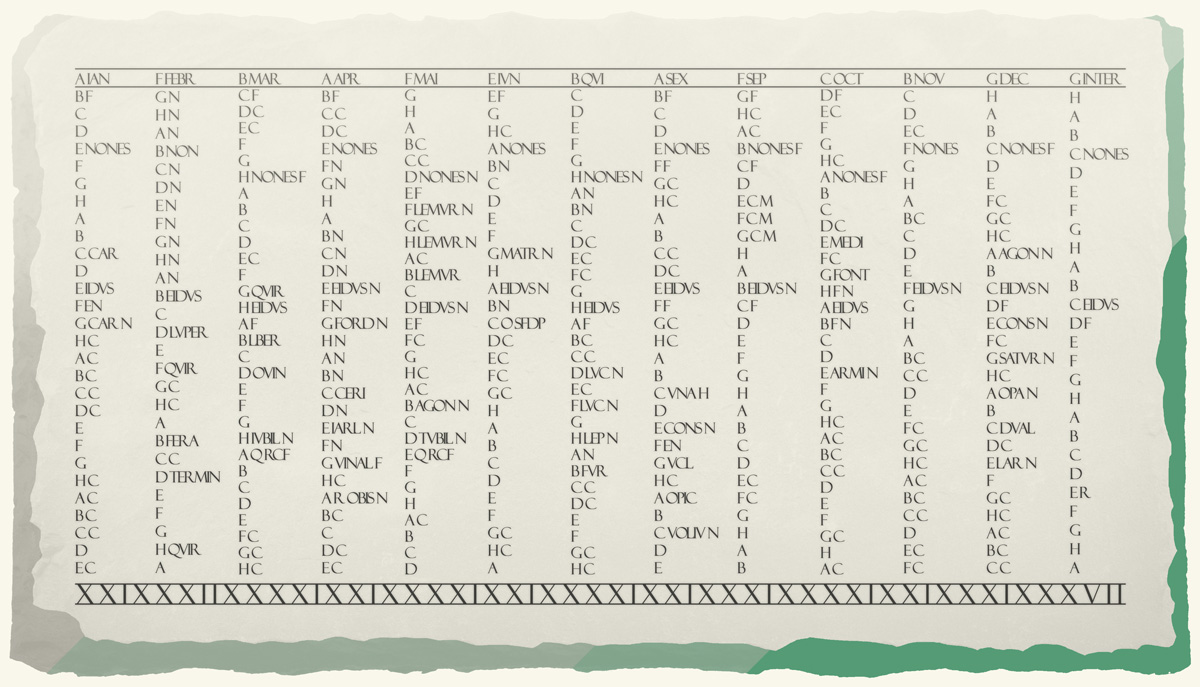
The Roman wall calendar Fasti Antiates Maiores from circa 55 BCE incorporated a leap month concept that was a precursor to the leap year in the Julian calendar.
Source text: Göran Holbeck
1090
Timekeeping
In China, a civil servant named Su Sung built one of the first mechanical clocks, an elaborate water-powered timekeeper that came to be known as the Heavenly Clockwork. A giant wheel carried 36 buckets, filled and emptied by flowing water and housed in a pagoda five stories high. It took more than a dozen years to complete. Mechanical clocks appeared in Europe about two centuries later.
Source art: Su Sung
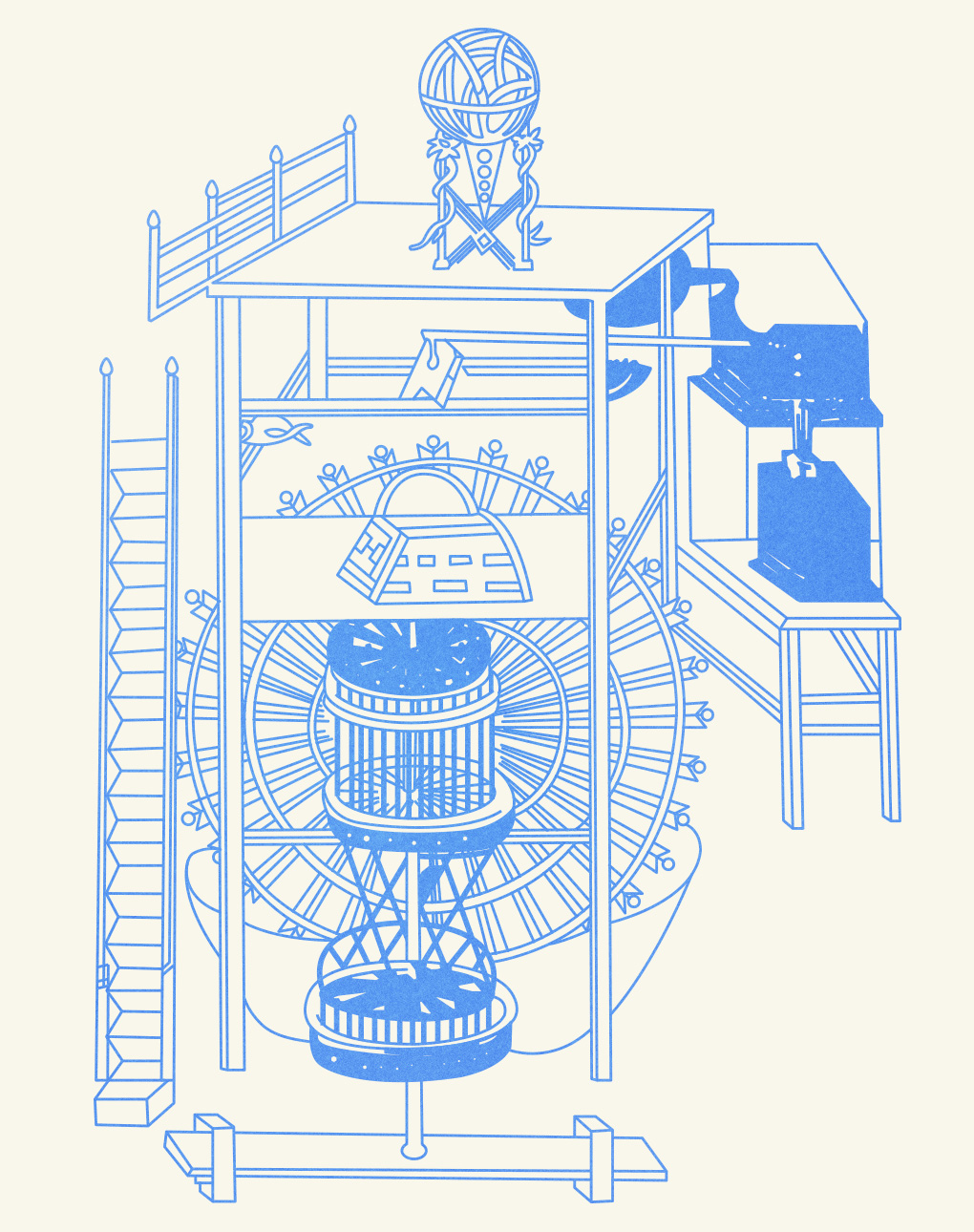
1582
Culture • Timekeeping
Even with leap years, the Julian calendar still fell short of the true solar year by about one day every 134 years. For the Roman Catholic Church, this caused confusion over the timing of important holy days like Easter, which was drifting from spring into summer. After consulting mathematicians and astronomers, Pope Gregory XIII implemented what we now call the Gregorian calendar, which drops three days every 400 years. This calendar runs fast by only one day every 3,300 years.
Painting: New York Public Library/Science Source
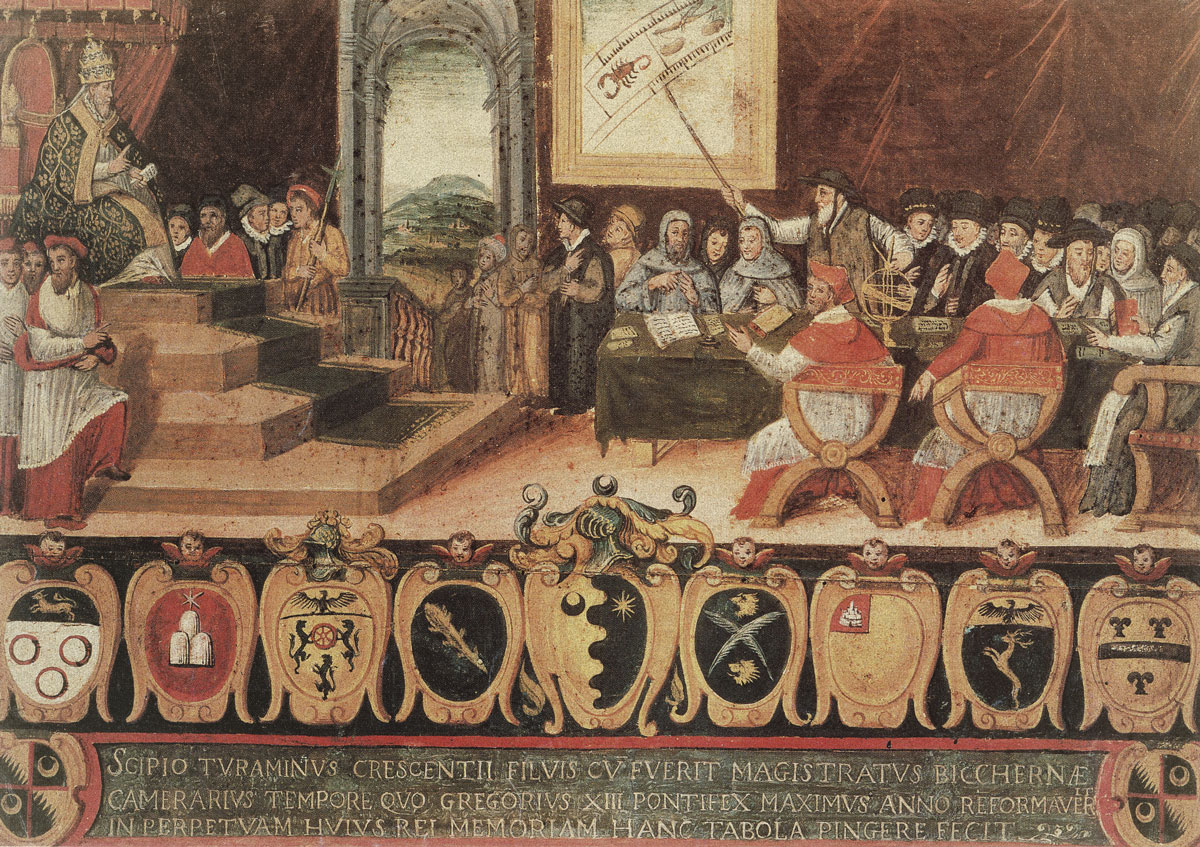
1650s
Timekeeping
At the heart of any clock is a regulating mechanism — a physical process that cycles in a regular, predictable way. Galileo may have been the first to suggest a pendulum for the job; he determined that a pendulum’s swing remains constant over time, and he even drew up plans for a pendulum clock. But the first people to actually build such clocks were Dutch craftsmen, using designs credited to the astronomer Christiaan Huygens.
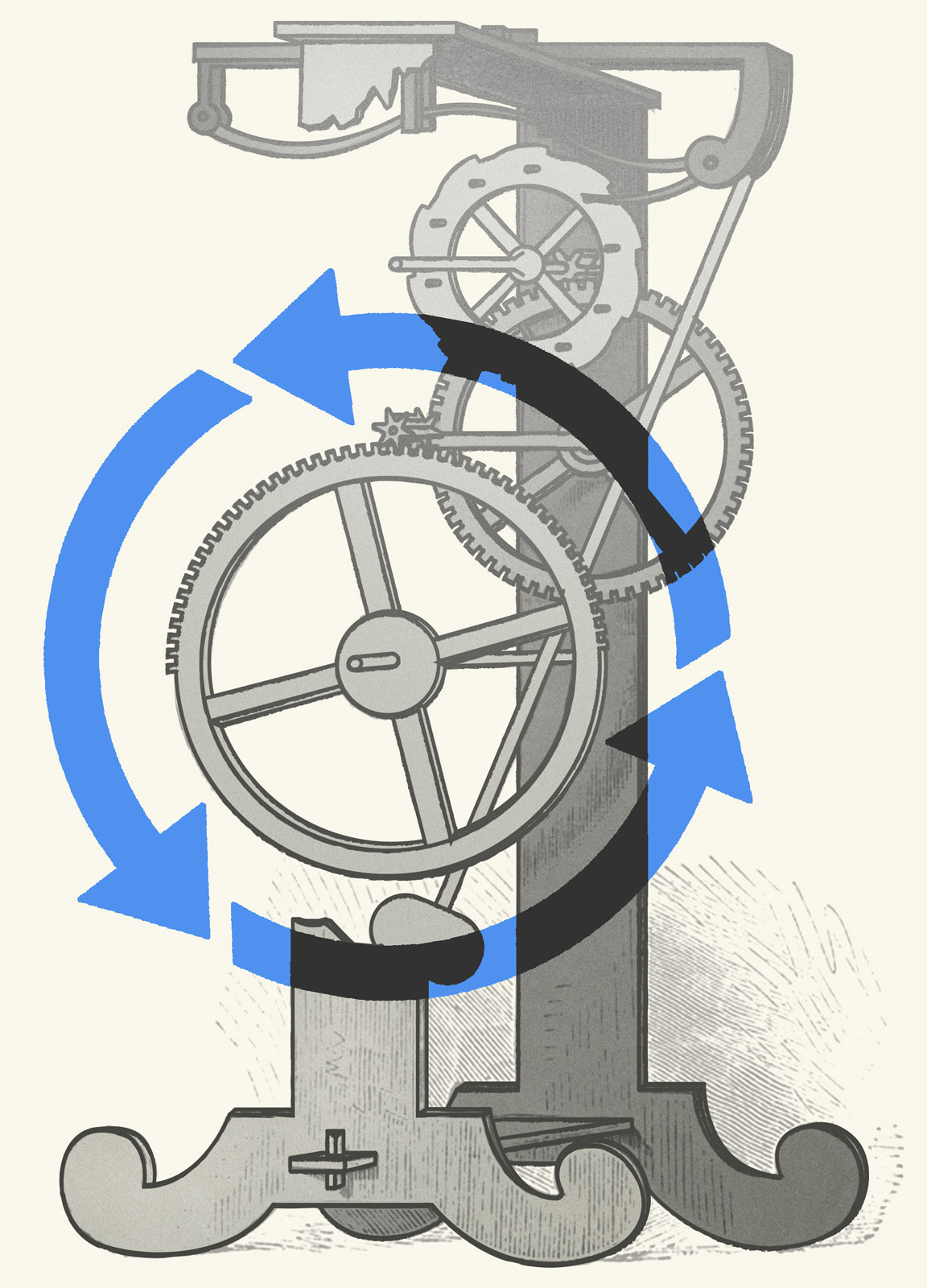
Galileo Galilei designed this pendulum clock around the year 1641.
Source drawing: Vincenzo Viviani
1687
Physics
“Absolute, true, and mathematical time, in and of itself and of its own nature, flows uniformly,” wrote Isaac Newton in his masterwork, the Principia. Newton was arguing that, even if our clocks might be imperfect, real time flows at a steady rate, serving as a kind of master clock for the universe. Newton’s definition meshes with our commonsense impression of time — that it passes at the same rate for everyone.
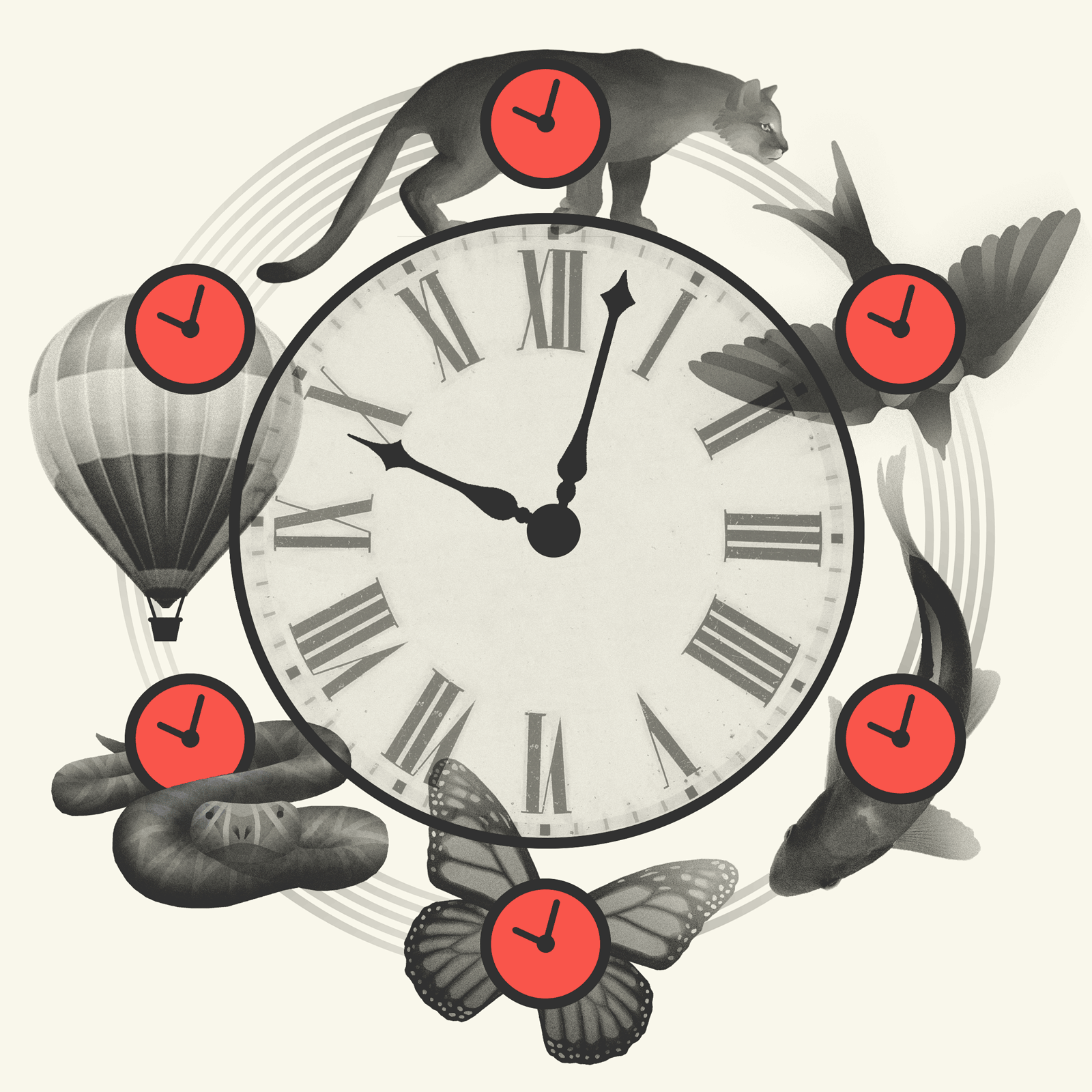
1729
Biology
The daily cycles of plants, as they open and close their petals and flowers, were known to the ancient Greeks, but it was an 18th-century astronomer, Jean-Jacques d’Ortous de Mairan, who showed that plants are doing more than simply responding to sunlight. Mairan placed mimosa plants in a darkened room for several days and noticed that their cyclic behavior persisted “as if the plants could feel the sun.”
Video: Celia Gorman for Quanta Magazine; source: Zygista/Shutterstock
1824
Physics
The French scientist Sadi Carnot proved there’s an upper limit to the efficiency of any engine. Carnot’s rule, as we now call it, was the first statement of what came to be known as the second law of thermodynamics. The law states, roughly, that in a closed system, entropy (the amount of disorder) must always increase. The fact that things get more disordered — but never the other way around — appears to lend a directionality to time.
Source art: Brockhaus’ Conversations-Lexikon
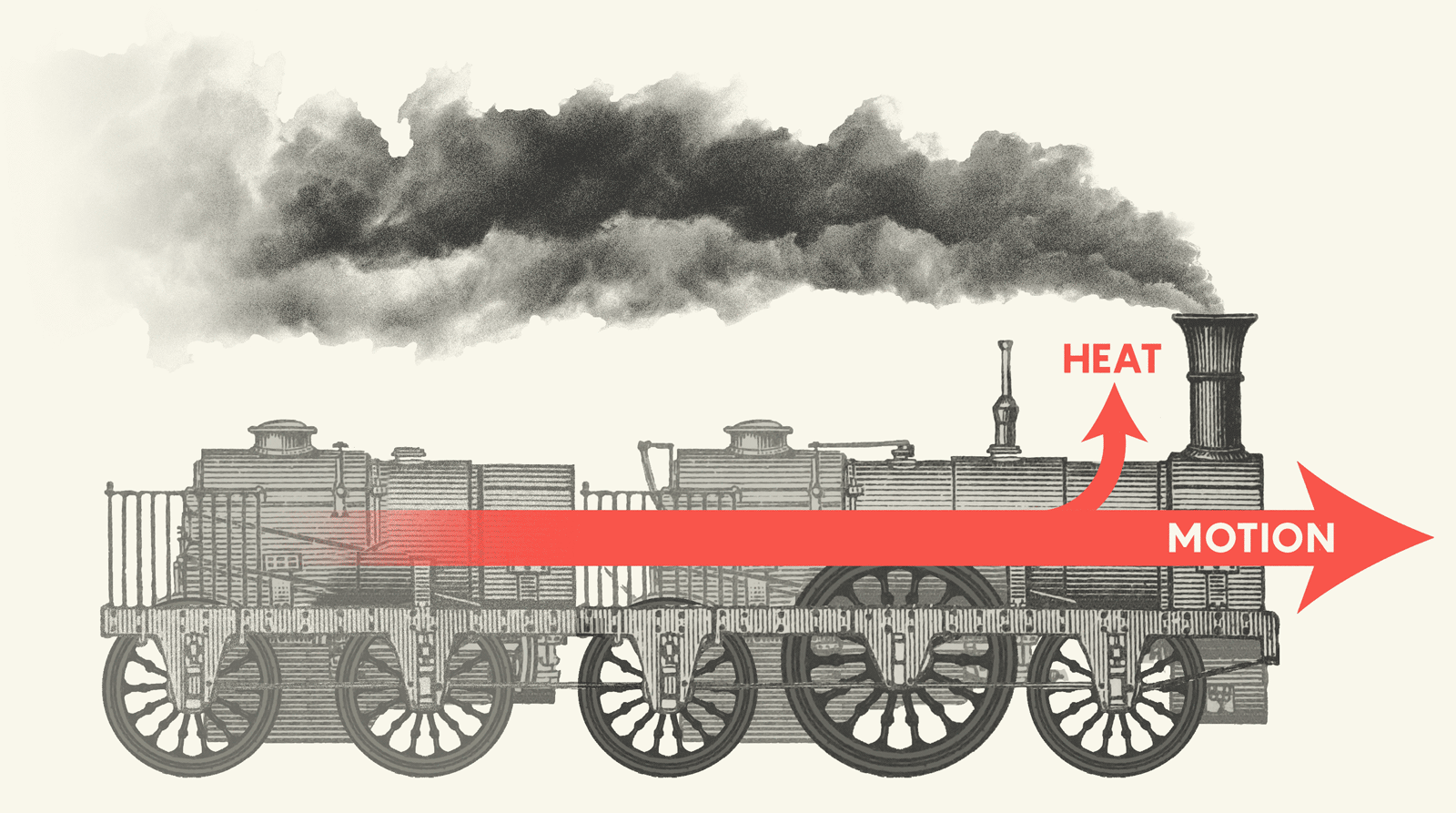
1884
Timekeeping
Up until the early 1800s, people set their clocks according to the sun, which meant that different cities kept different local times. But with the rise of fast-moving trains, the muddle of differing times became a nuisance. The Scottish-born engineer Sandford Fleming suggested dividing the world into 24 equal time zones, each spanning 15 degrees of longitude. Critics dismissed the idea as utopian, but his plan for “standard time” was eventually adopted by delegates to the International Meridian Conference in Washington.
Source data: Natural Earth

1895
Culture • Physics
The British writer H.G. Wells published The Time Machine, often described as the first modern time travel story. Though it was published a full decade before Einstein’s theory of relativity, the book treats time as a fourth dimension, independent of the three dimensions of space, similar to how it is conceived in Einstein’s physics. The protagonist travels thousands and even millions of years into the future, only traveling back in time to briefly return to his point of departure in Victorian England.
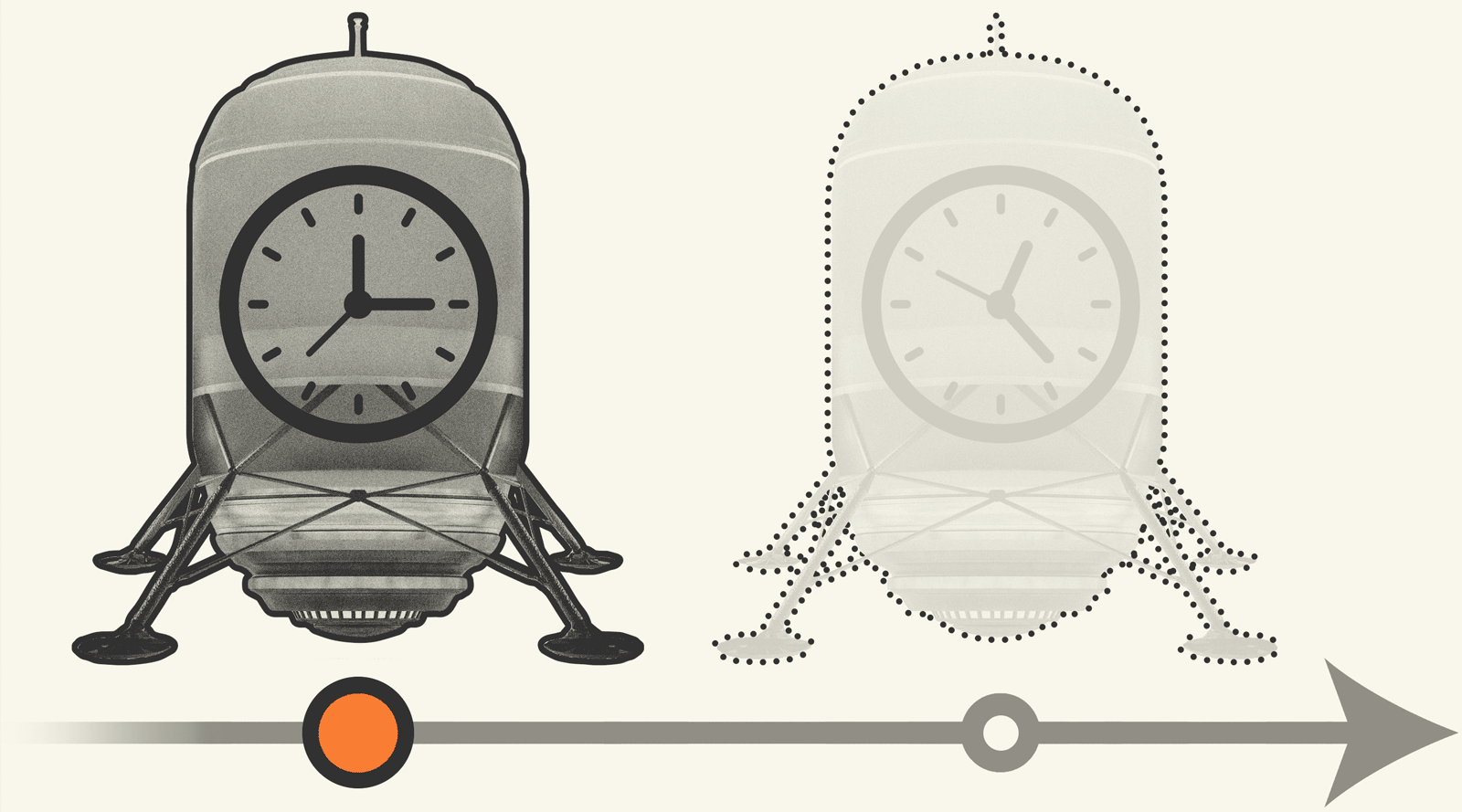
1905
Physics
In his special theory of relativity, Albert Einstein showed that there can be no “master clock” for the universe, as Newton had imagined. Instead, measurements of time depend on the motion of each observer. An exception is the speed of light, which is seen to have the same value by everyone (about 300,000 km per second). The theory also implies that the speed of light is the ultimate speed limit for the universe.
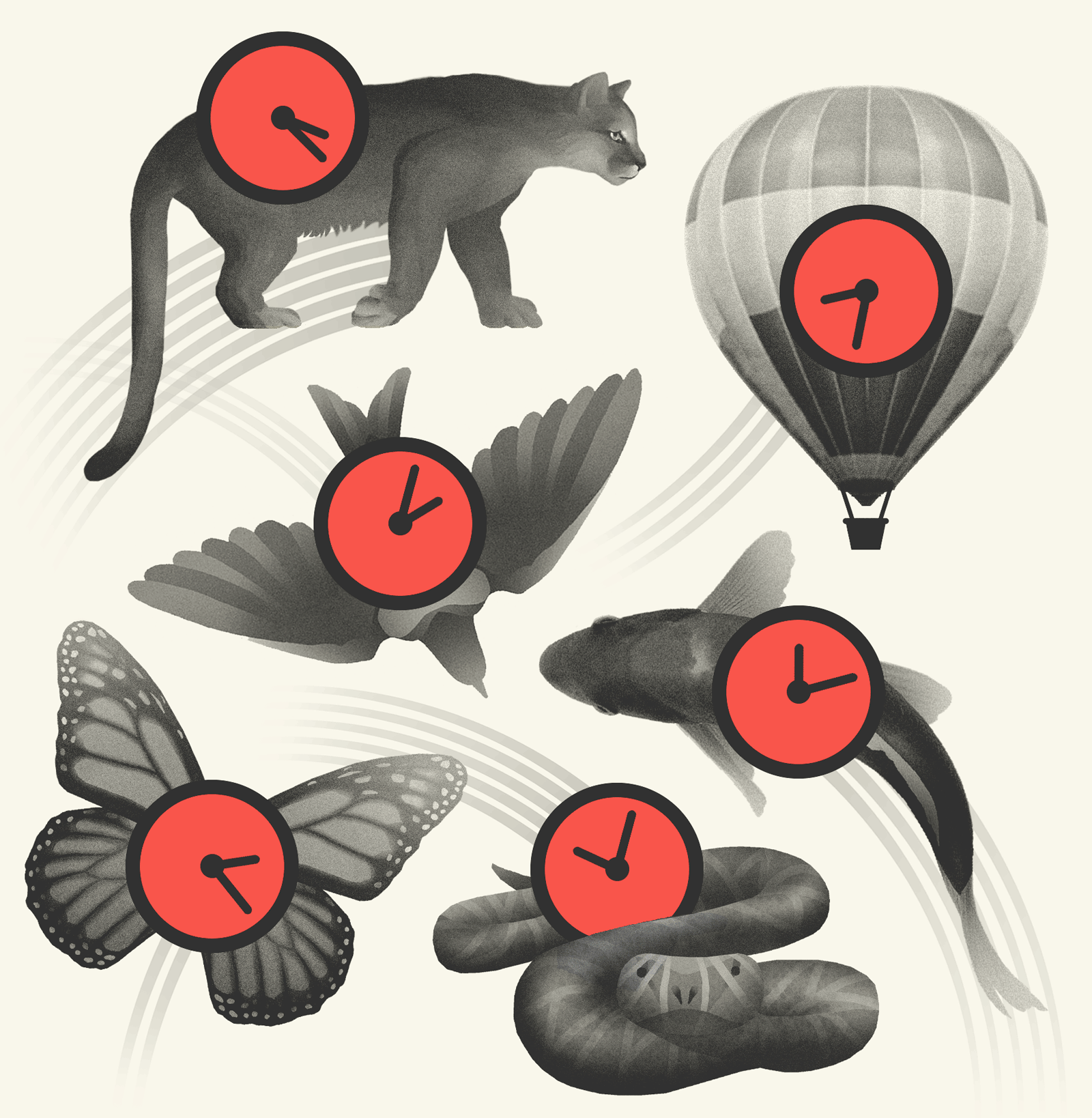
1907
Physics
In the wake of Einstein’s special relativity, it became clear that space and time were intimately connected. The German mathematician Hermann Minkowski — one of Einstein’s former teachers — described the resulting four-dimensional entity: While space and time are relative, intervals in space-time are absolute. At a lecture in 1908, he proclaimed: “Henceforth space by itself, and time by itself, are doomed to fade away into mere shadows, and only a kind of union of the two will preserve an independent reality.”
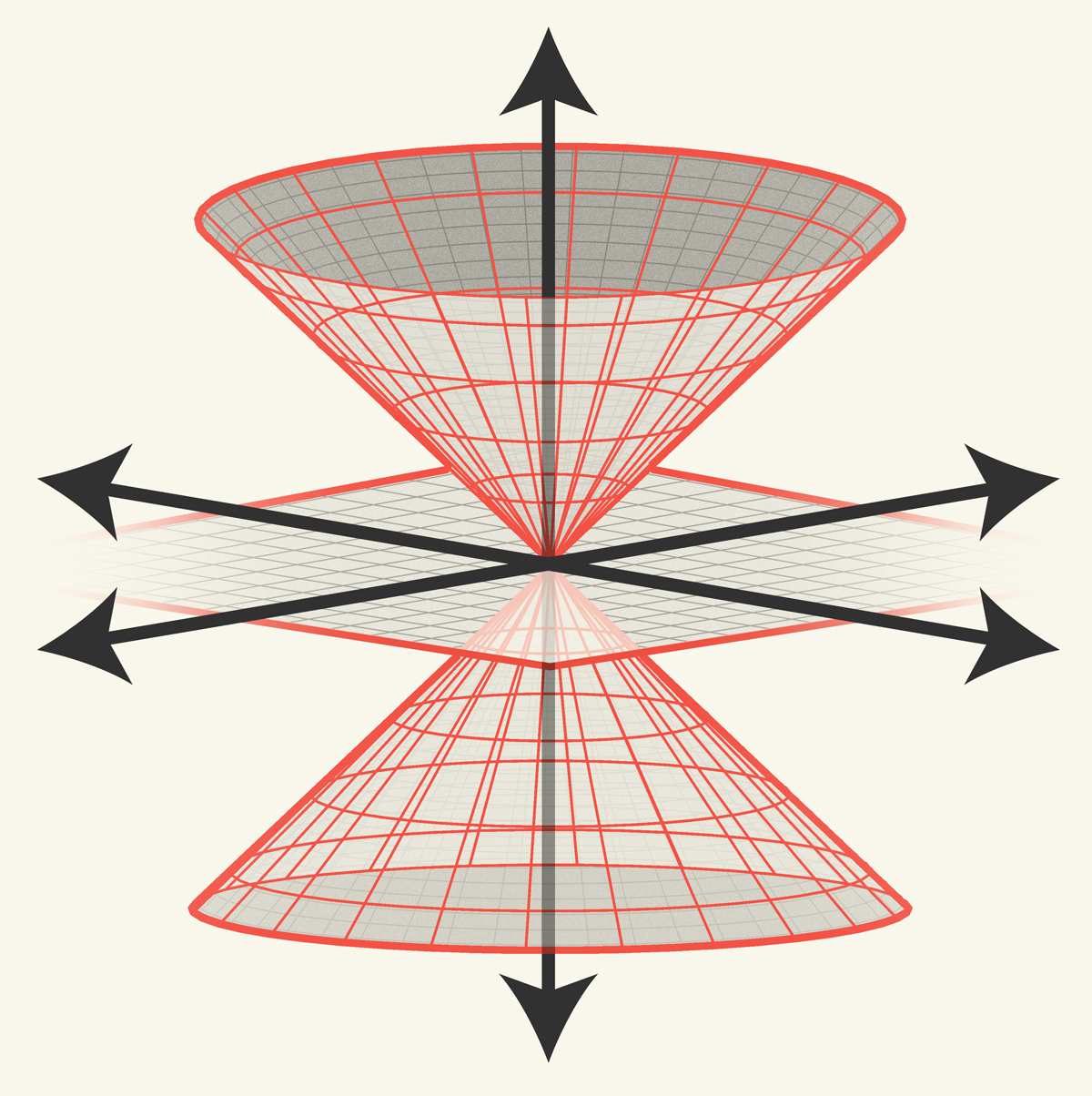
1915
Physics
In his general theory of relativity, Einstein showed that space and time can be warped by gravity (in fact, the theory describes gravity as a warping of space-time). While special relativity applies only to objects moving at constant speeds, general relativity also covers accelerating objects. The theory predicted the existence of gravitational waves and black holes — both of which have now been confirmed by observation.
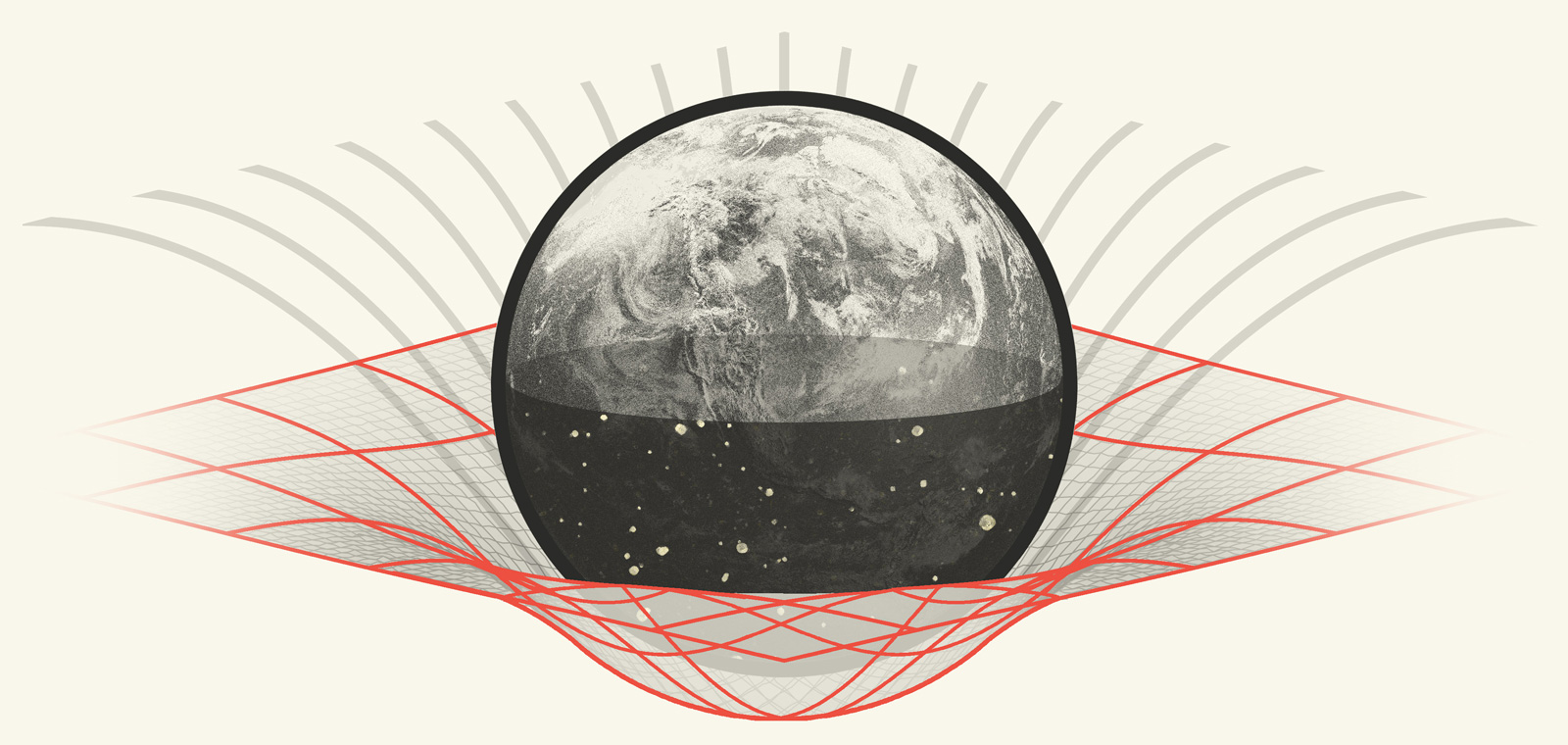
1916
Physics
A few months after Einstein worked out the equations for general relativity, the German physicist Karl Schwarzschild solved the equations for a specific case: a nonrotating spherical mass. But Schwarzschild’s solution had a surprising implication: If all of an object’s mass could be compressed to within a critical radius (called the Schwarzschild radius), it would undergo a catastrophic, unstoppable collapse, creating an object whose gravitational field was so intense that nothing — not even light — could escape. We now call such objects black holes.
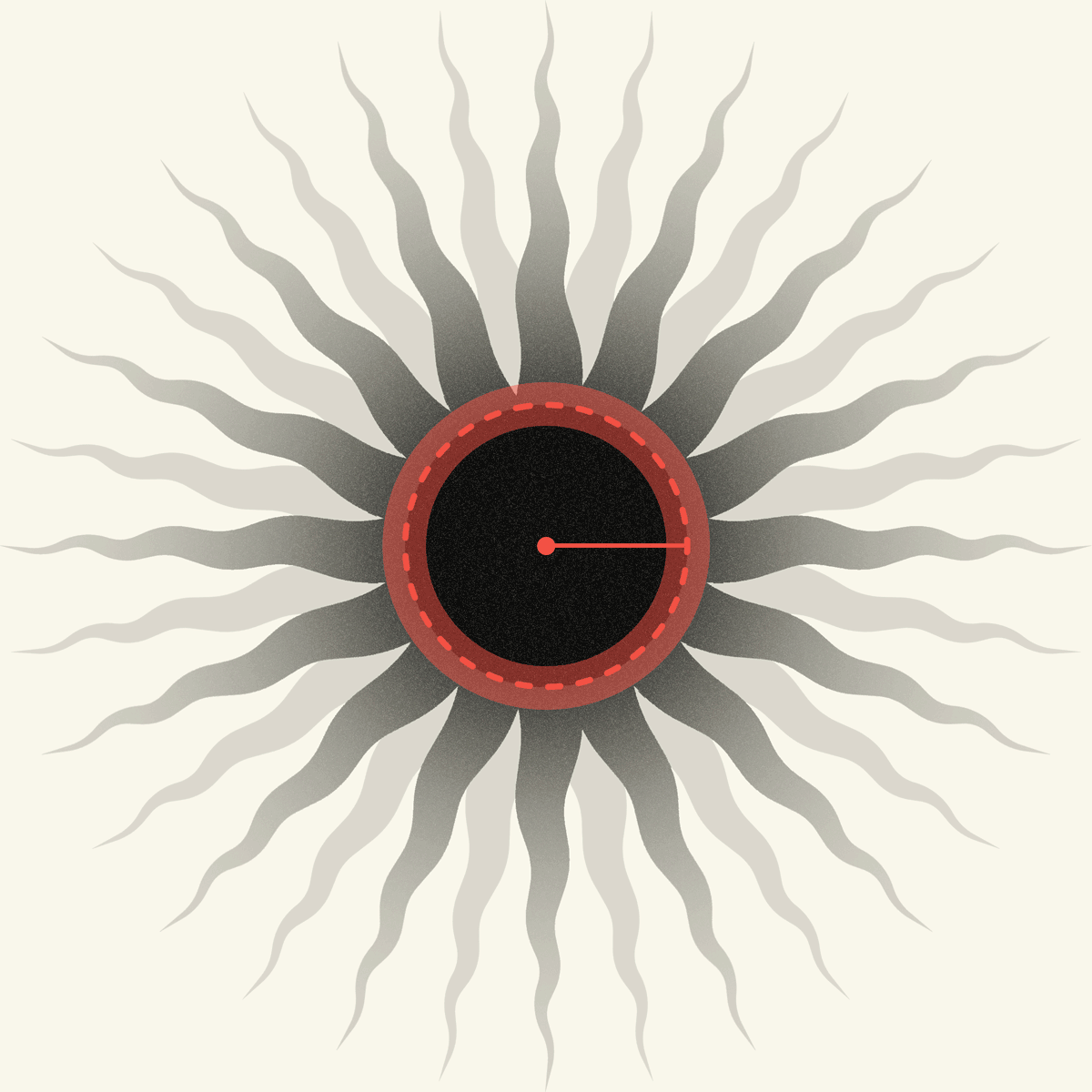
1928
Physics
Why does time appear to flow in just one direction? In The Nature of the Physical World, the British physicist Arthur Eddington called this “the arrow of time.” He believed that it was somehow connected to entropy. Eddington wrote: “If as we follow the arrow we find more and more of the random element in the state of the world, then the arrow is pointing towards the future; if the random element decreases the arrow points towards the past. That is the only distinction known to physics.”
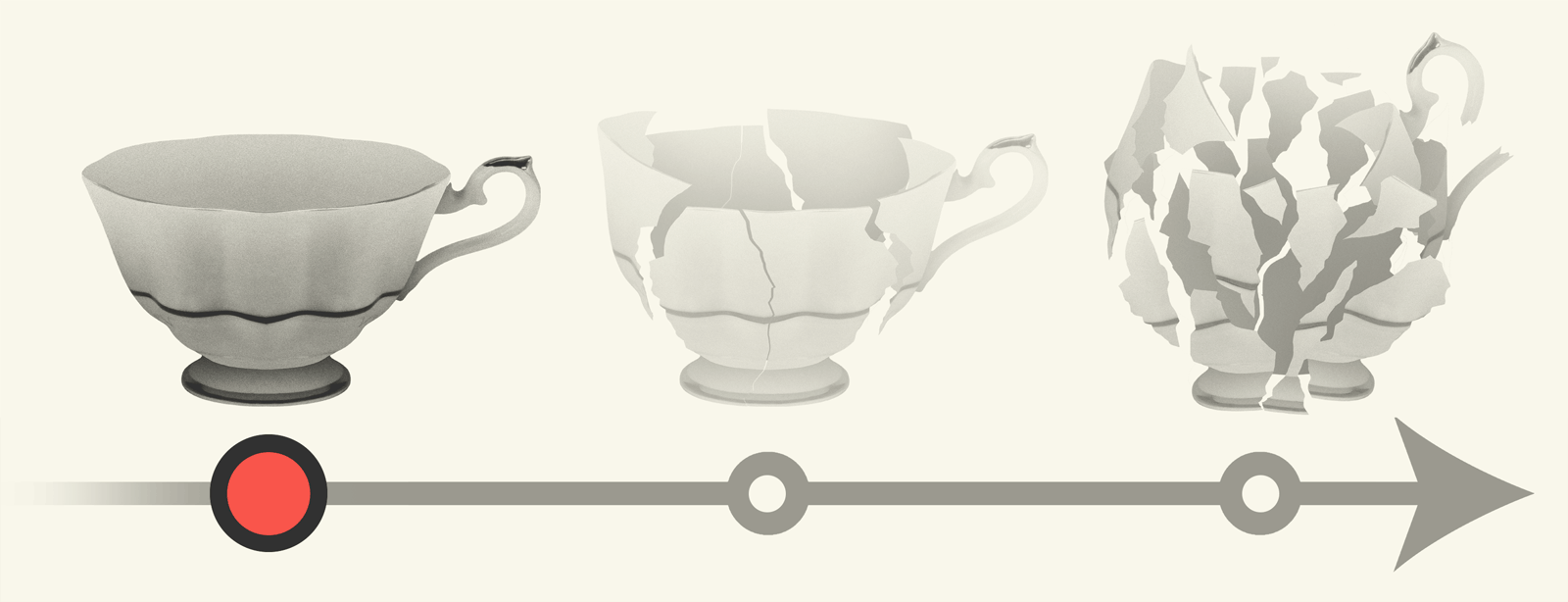
1929
Physics
Using observations from the 100-inch telescope outside Los Angeles, the U.S. astronomers Edwin Hubble and Milton Humason showed that the farther a galaxy is from Earth, the faster it is speeding away from us. The discovery paved the way for what we now call the Big Bang model of cosmology — the idea that all of the matter and energy we see around us was once concentrated in a much smaller space. The implication is that the universe — and possibly time itself — had a beginning.
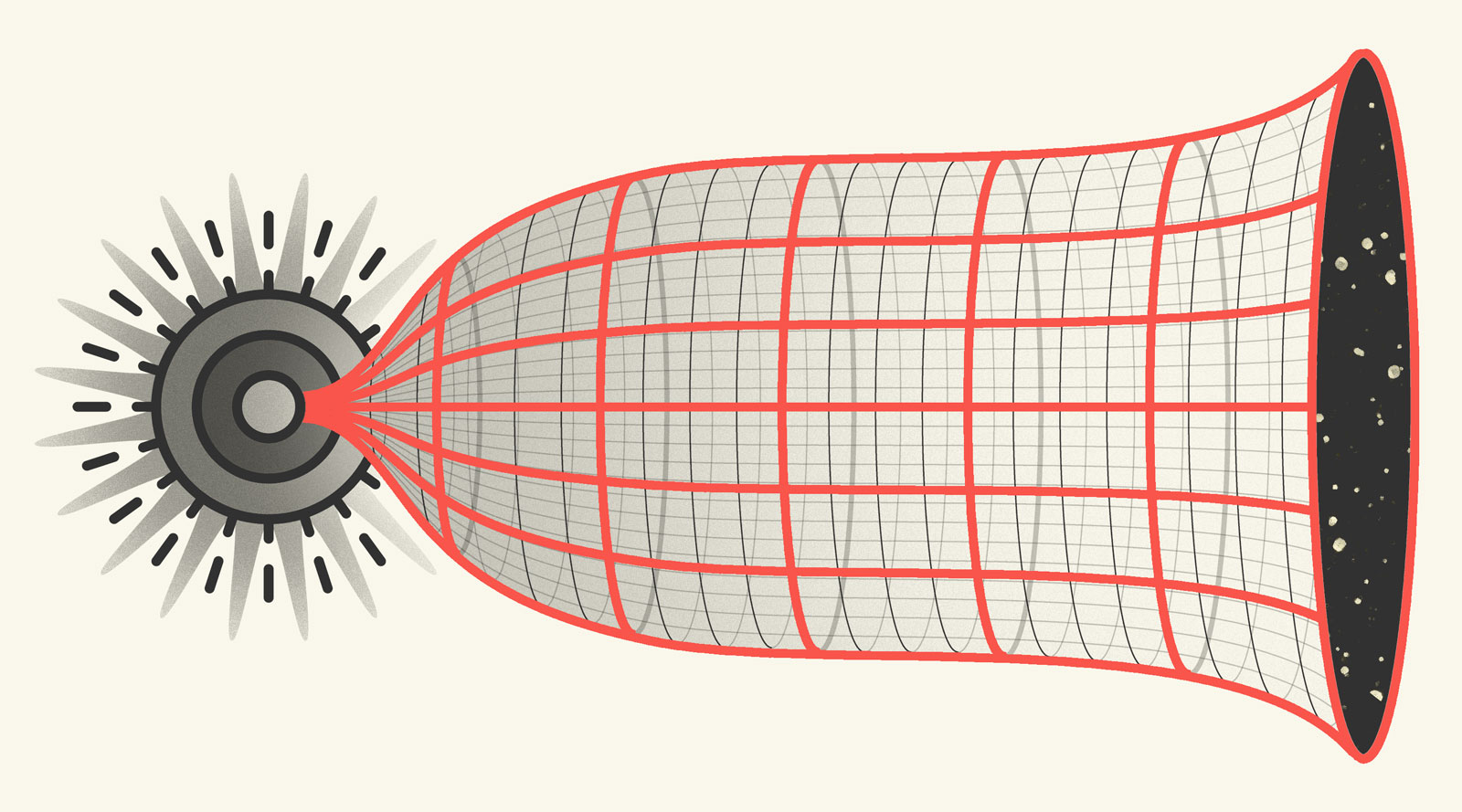
1954
Biology
The German zoologist Gustav Kramer hypothesized that many animals and plants have a kind of internal clock governing their biological rhythms. He argued that this was related to the “sun compass” that birds and bees appeared to use for navigation. Further experiments by his compatriot Klaus Hoffmann showed that these “circadian rhythms,” with periods of approximately 24 hours, do in fact assist birds in navigation.
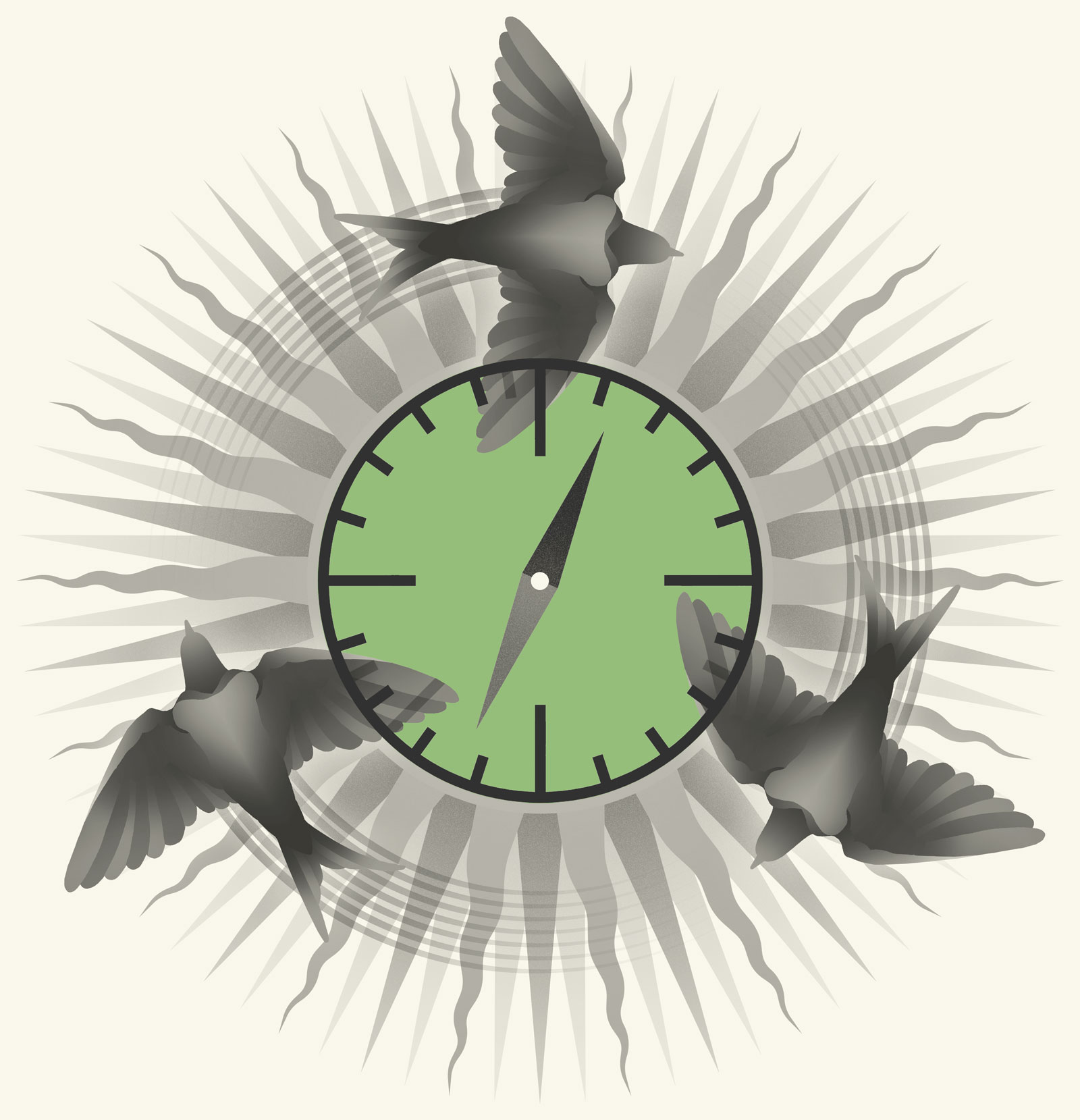
1964
Physics
Two U.S. scientists — the physicist Arno Penzias and the radio astronomer Robert Wilson — discovered a mysterious all-sky glow using a radio antenna at Bell Labs in Holmdel, New Jersey. This radiation was soon recognized as the “cosmic microwave background,” sometimes described as the echo of the Big Bang. Whether the Big Bang should be considered the beginning of time continues to be debated. Some cosmologists suggest that the universe runs through cycles of expansion and contraction.
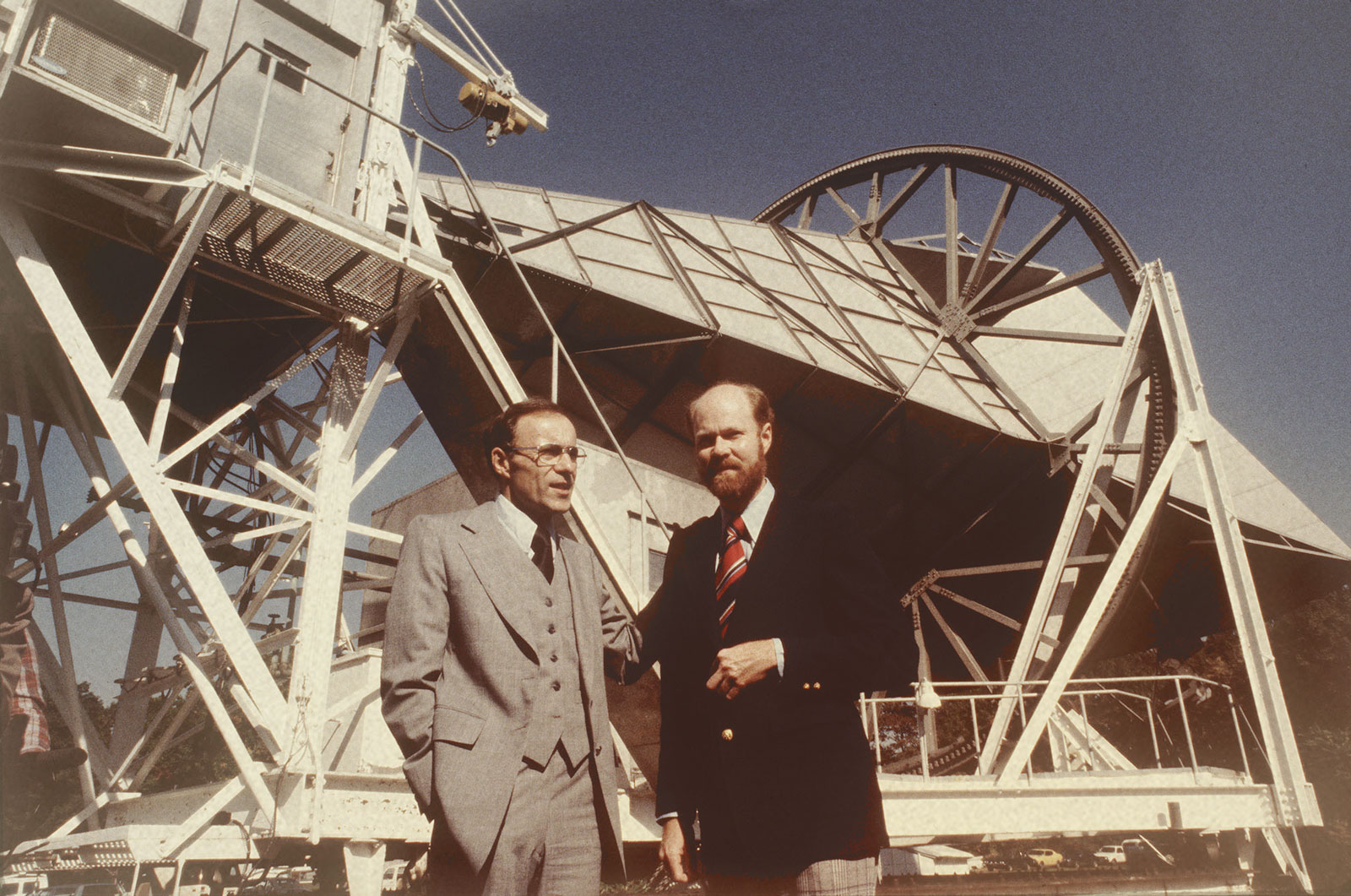
Arno Penzias (left) and Robert Wilson with their microwave radio antenna in 1978.
Associated Press
1967
Physics • Timekeeping
For centuries, the second was defined as 1/86,400 of a day. But atomic clocks were so accurate that they revealed irregularities in the Earth’s rotation. It’s now clear that the length of the day varies slightly due to climatic and geological processes and tidal friction. In other words, atoms were found to make better timekeepers than the planet. The second was officially redefined as the duration of 9,192,631,770 vibrations of a particular isotope of cesium.
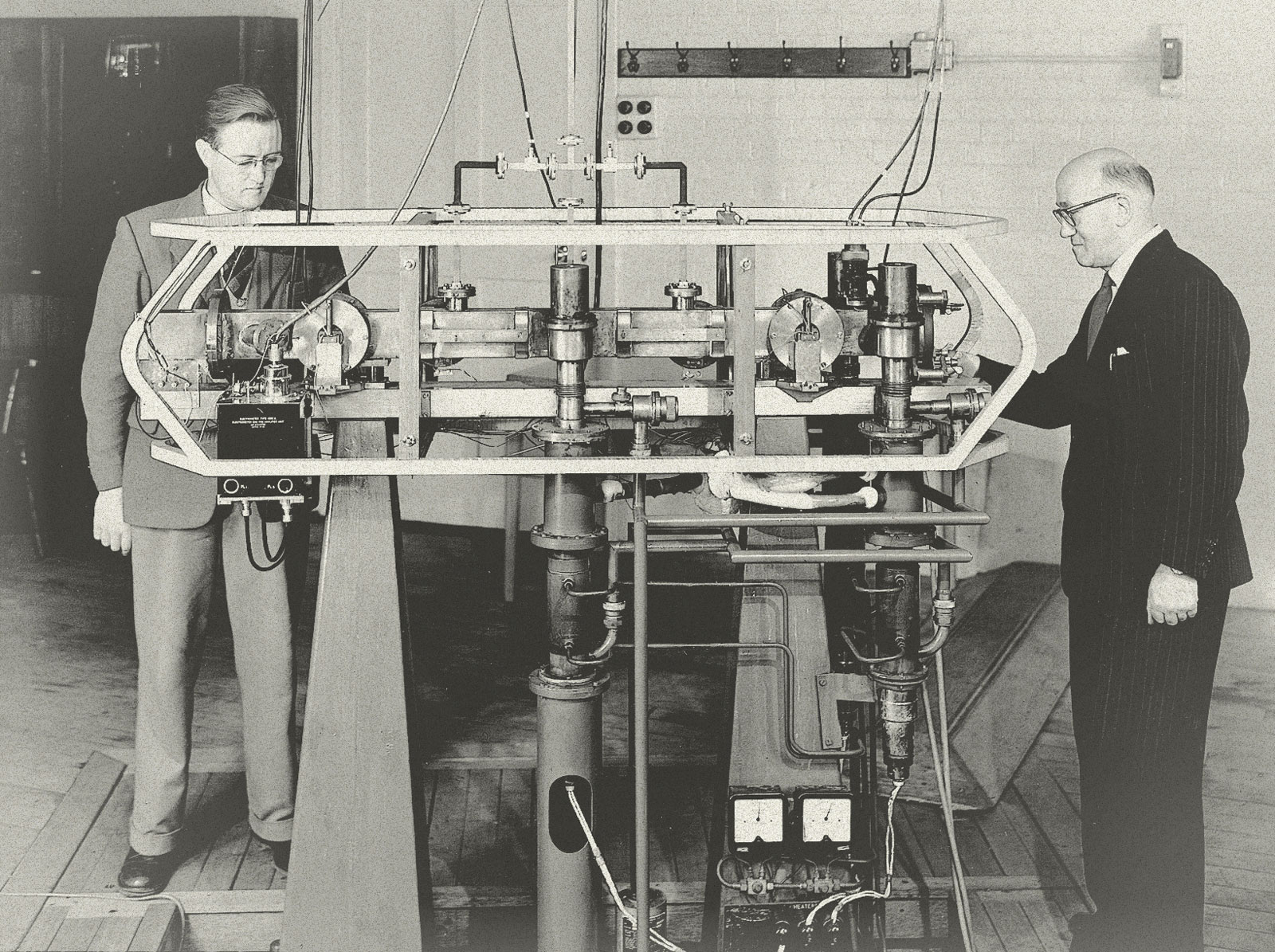
Louis Essen (right) and J.V.L. Parry with the first cesium atomic clock in 1955.
NPL Management
1971
Physics
Relativity was put to the test when commercial airliners carrying identical atomic clocks were flown around the world twice — first eastward and then westward — and the results compared to identical clocks that remained on the ground. The resulting discrepancy, known as time dilation, was very small (less than one-millionth of a second) but readily measurable with the clocks, and the results were in agreement with Einstein’s special and general theories of relativity.
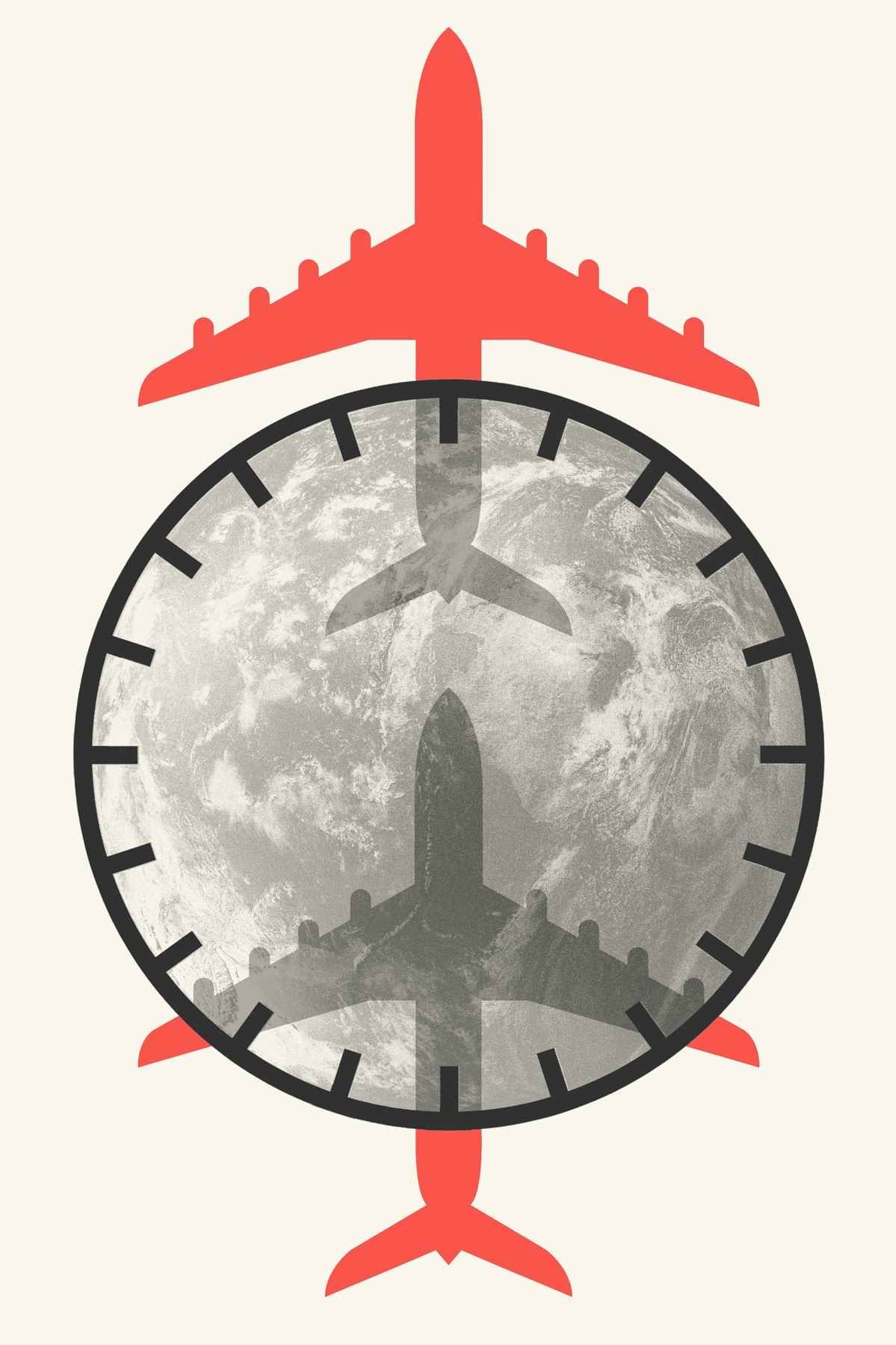
1972
Biology
Two groups of scientists, led by Robert Moore and Victor Eichler in Chicago and by Friedrich Stephan and Irving Zucker in Berkeley, discovered the brain region that governs circadian rhythms. The key structure is the suprachiasmatic nucleus, or SCN, which processes information from the retinas about light and darkness. Later studies in mice found that damage to the SCN destroys the animal’s rhythms — and that an SCN transplant can restore them.
Source art: Sobotta’s Human Anatomy
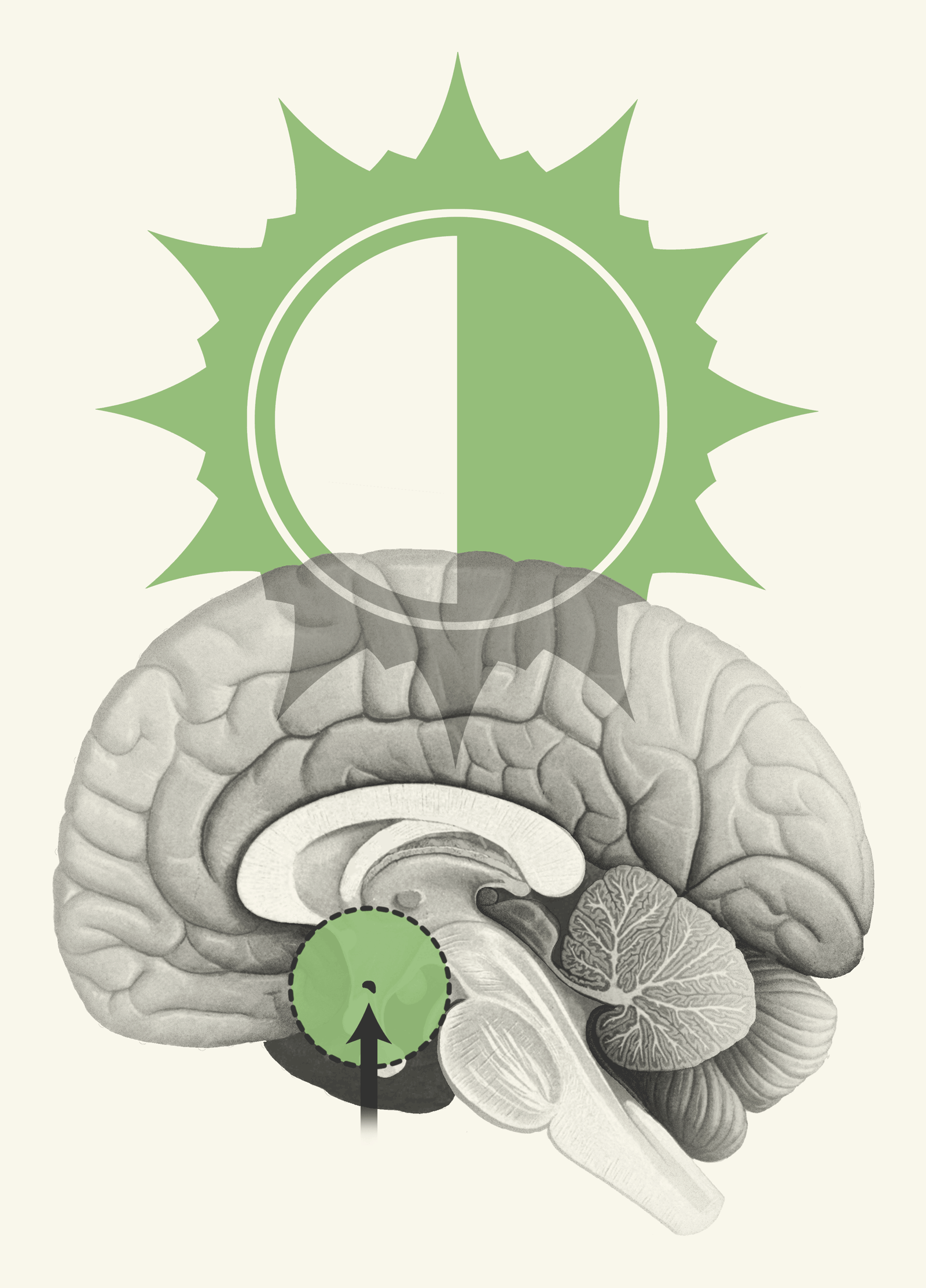
1988
Physics • Culture
The British physicist Stephen Hawking published A Brief History of Time, a popular book on space, time and the universe that became a surprise bestseller. Hawking identified three distinct “arrows of time”: a psychological arrow (underpinning our memories of the past and how we imagine the future), a thermodynamic arrow (the direction in which entropy increases), and a cosmological arrow (the direction in which the size of the universe increases).
Book cover: Bantam Press
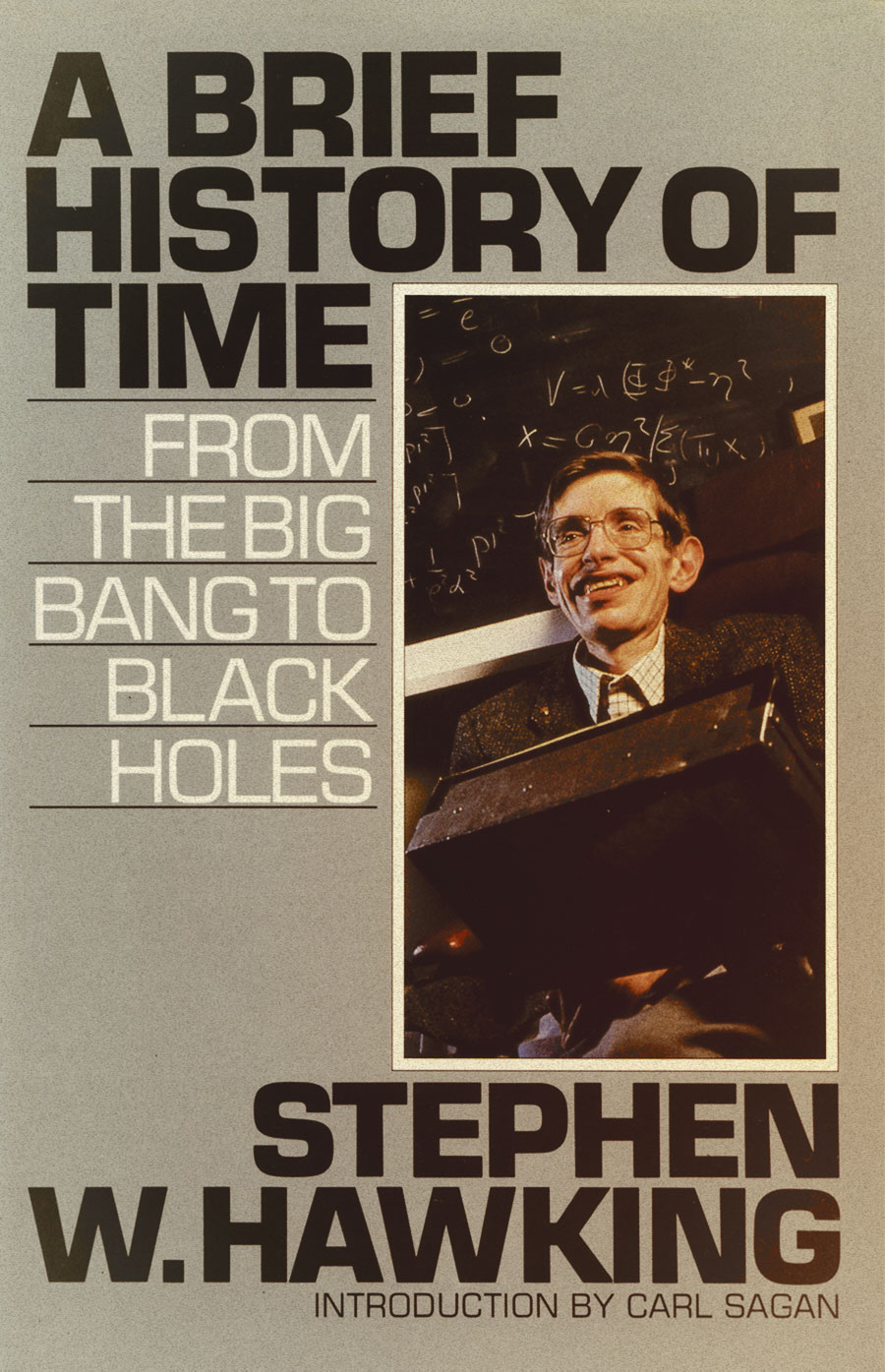
1989
Biology
An Italian woman named Stefania Follini emerged from a cave in New Mexico where she had spent 130 days without any contact with the outside world — and without clocks. Soon after the experiment began, her sleep-wake cycle shifted from 24 to 25 hours; by the end it was up to 36 hours. After the 130 days, she estimated that about 60 days had passed. Much remains to be learned about how our bodies track time, but such experiments show that our internal clocks are not simply biological equivalents of mechanical clocks and watches.
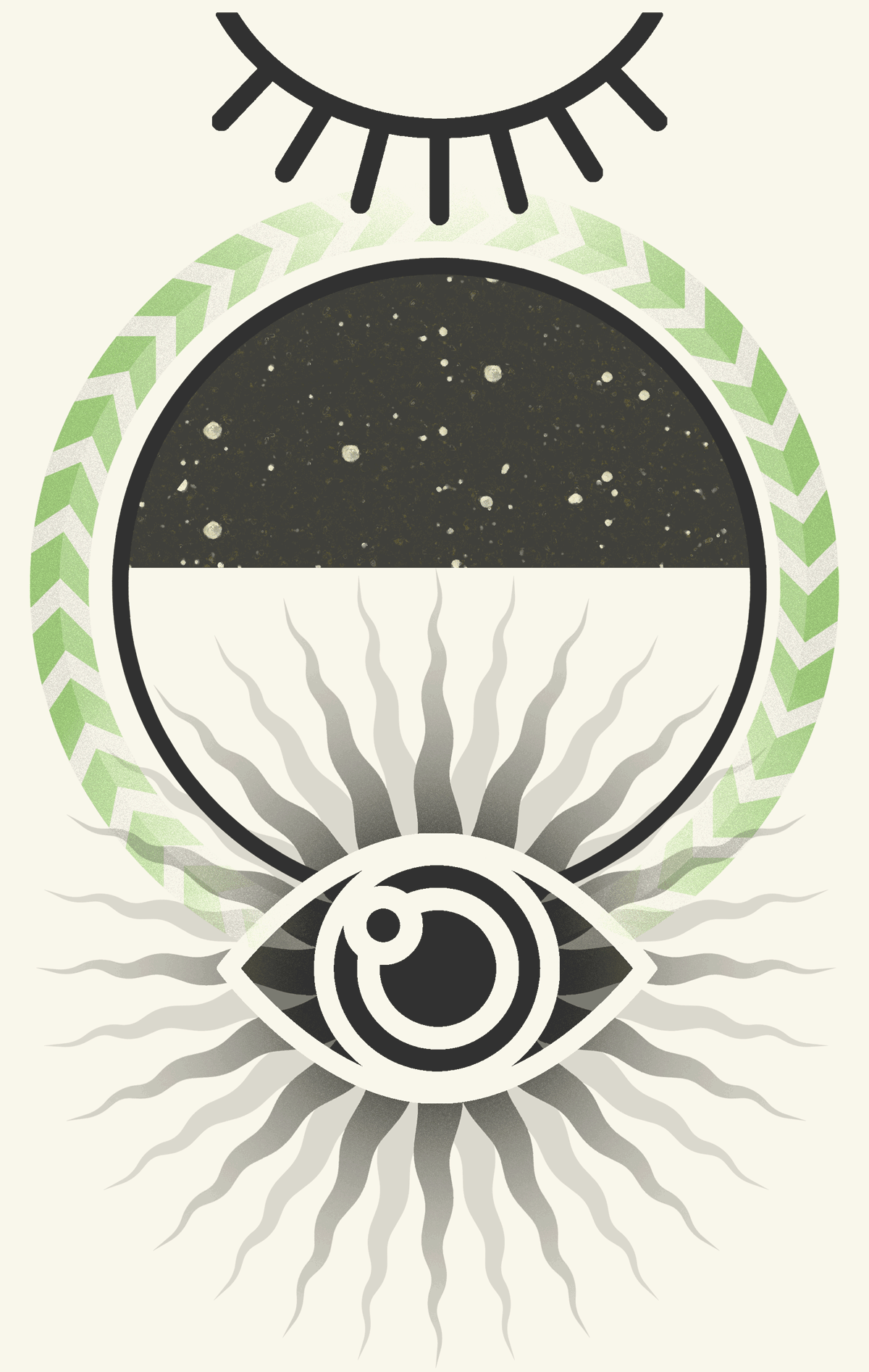
2009
Physics
In an influential paper, Noah Linden, Sandu Popescu, Tony Short and Andreas Winter argued that the arrow of time can be explained in terms of quantum mechanical entanglement. As a physical system becomes entangled with its surroundings, it moves closer to equilibrium — and this one-way evolution determines time’s arrow. The team’s work built on ideas that Seth Lloyd had put forward in his doctoral thesis in 1988.

2013
Physics
Researchers investigating possible quantum theories of gravity have begun to suspect that neither space nor time is a fundamental property of the universe. A key idea, developed by the physicists Juan Maldacena and Leonard Susskind in 2013, posits an equivalence between quantum entanglement and wormholes. The idea is sometimes called ER = EPR, after two papers published by Einstein and co-authors in 1935. If true, it would imply that quantum interactions stitch the fabric of space-time.
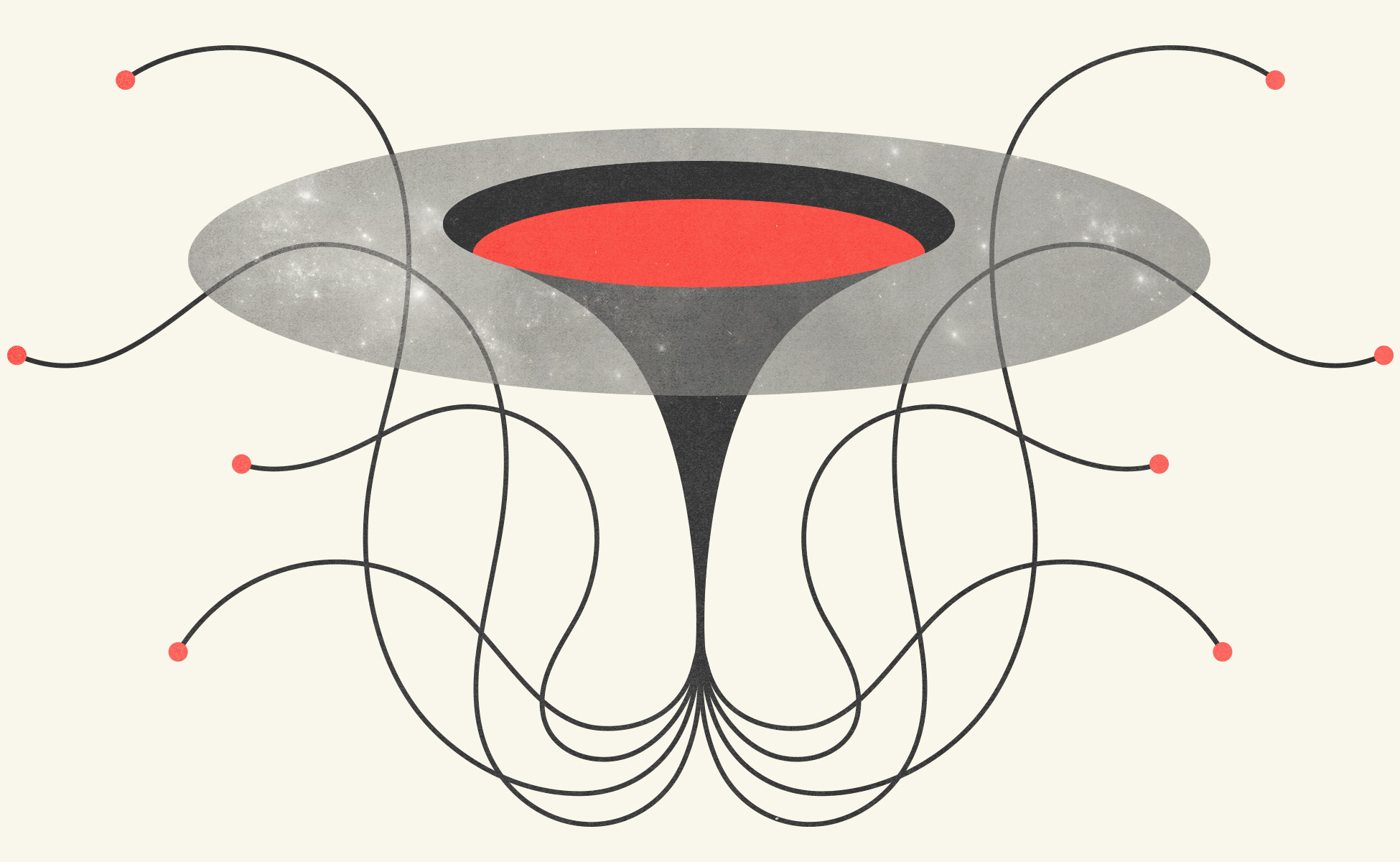
2015
Physics • Timekeeping
A team led by the physicist Jun Ye developed the most accurate atomic clock built to date. Known as a strontium lattice clock, it tallies the vibrations of strontium-87 atoms, which “tick” in frequencies measured in femtoseconds (millionths of billionths of a second). Had such a clock been running since the moment of the Big Bang, it would have gained or lost no more than one second. The strontium lattice clock is now being used to probe fundamental physics and could serve as a dark matter detector.
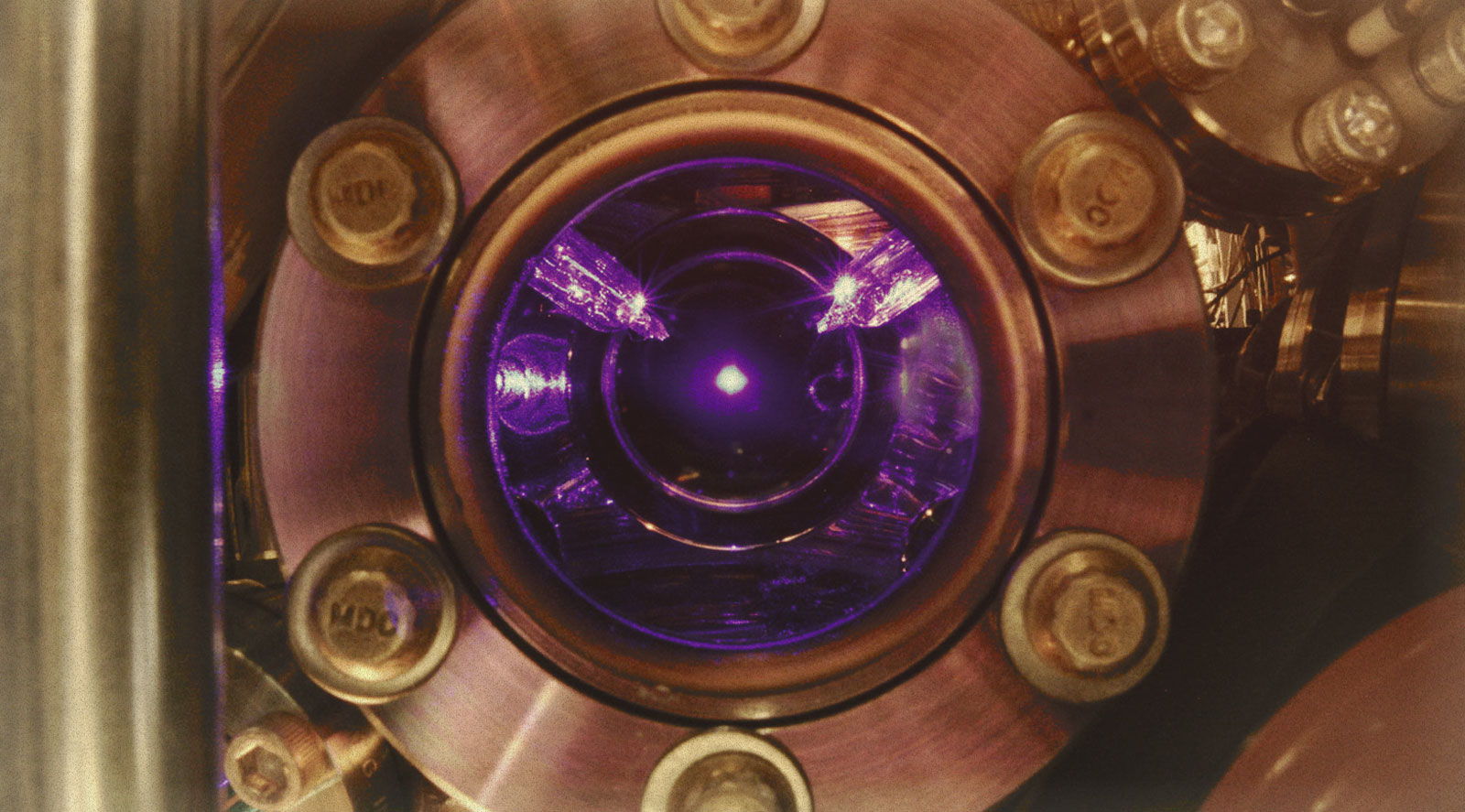
The optical clock in Jun Ye’s lab uses cold strontium atoms, seen here fluorescing blue in the center of the vacuum chamber.
Courtesy of Jun Ye; JILA/NIST
2018
Biology
A team of Norwegian scientists, led by Albert Tsao, found a network of cells within the brain that appears to play a crucial role in connecting an awareness of time’s passage to the formation of memories. The study, conducted on rats, suggests that certain groups of cells within a brain region known as the lateral entorhinal cortex, which is adjacent to the hippocampus, encode episodic memory by “allowing the hippocampus to store a unified representation of what, where and when.”
